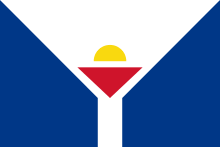
Visa and entry requirements St. Martin:
Passport not required
No visa is required
Information from the Foreign Office about your St. Martin trip:
https://www.auswaertiges-amt.de/de/frankreichsicherheit/209524
St. Martin is the largest and northern part of a Caribbean island, which it shares with the Dutch southern half of Sint Maarten. St. Martin is a French overseas territory with around 40,000 inhabitants and is part of the territory of the Lesser Antilles.
There is no smaller island in the world that is divided between at least two states.
Geographically, St. Martin is located south of Anguilla and northwest of the island of St. Barth. The official language of the country is French and the euro is used as a means of payment.
The Caribbean island of St. Martin has a tropical climate all year round, which means that isolated tropical cyclones can occur, especially in the summer months. The last devastating hurricane, Hurricane Irma, destroyed almost 95% of all buildings on the northern part of the island in 2017.
The land area of St. Martin is alternately flat and hilly, with the 424 meter high “Pic Paradis” as the highest elevation.
The most important economic sectors in St. Martin are tourism, finance and fishing. This northern half of the island is particularly popular with international diving tourists due to its fascinating underwater world.
The most important sights on the French part of the island include Fort Saint James, the butterfly farm, the Museum of St. Martin, the Roland Richardson Art Gallery, the colonial buildings, the marina, the harbor and the fish market of Marigot, and the impressive beach in Orient Bay – the so-called Saint-Tropez of the Caribbean, the marine reserve with its fascinating underwater world, various coastal hiking trails, the Silk Cotton Grove and Art Gallery, the culinary village of Grand-Case, Fort Louis, the Concordia Hill viewpoint, Happy Bay beach , Paradise Peak and the beach in Long Bay.
The capital and largest city of St. Martin is Marigot with around 7,000 inhabitants. This port and artists' town, particularly popular with painters and art dealers, offers daily ferry connections from the port to the neighboring island of Anguilla.
The cityscape is primarily characterized by numerous galleries and a variety of gourmet restaurants.
In July 2015 I traveled to St. Martin for the only time so far. As part of my nine-week Caribbean tour, which included a six-day stay in Sint Maarten in the Netherlands, I also visited the French part in the north of the Caribbean island twice.
As soon as I crossed the virtual border from the Dutch to the French part of the island, I immediately noticed the big difference and the enormous French influence. Especially in the capital Marigot, despite the many colonial buildings, everything looked gray and not as colorful as on the other Dutch side. It somehow reminded me more of a typical French urban area than of the beautiful Caribbean. As someone who is absolutely not a fan of galleries and overpriced gourmet restaurants, the city didn't really have much to offer for me.
However, the snack bar in the harbor, right at the departure station for the ferries to Anguilla, was the real highlight of St. Martin for me. The fresh and original French baguettes with tuna, salami, ham or cheese were simply so delicious, almost indescribable. So you really have to give it to the French: they can prepare these baguettes or all kinds of dishes in general, they can do that like no one else in the world.
After eating two baguettes from the “Weltklasse” brand, I then took the ferry from this station to the picturesque Caribbean island of Anguilla.
At the end of an eventful day trip to Anguilla and an hour-long boat trip, I immediately drove back to the more touristy Dutch side of the island in the evening immediately after my arrival in St. Martin.

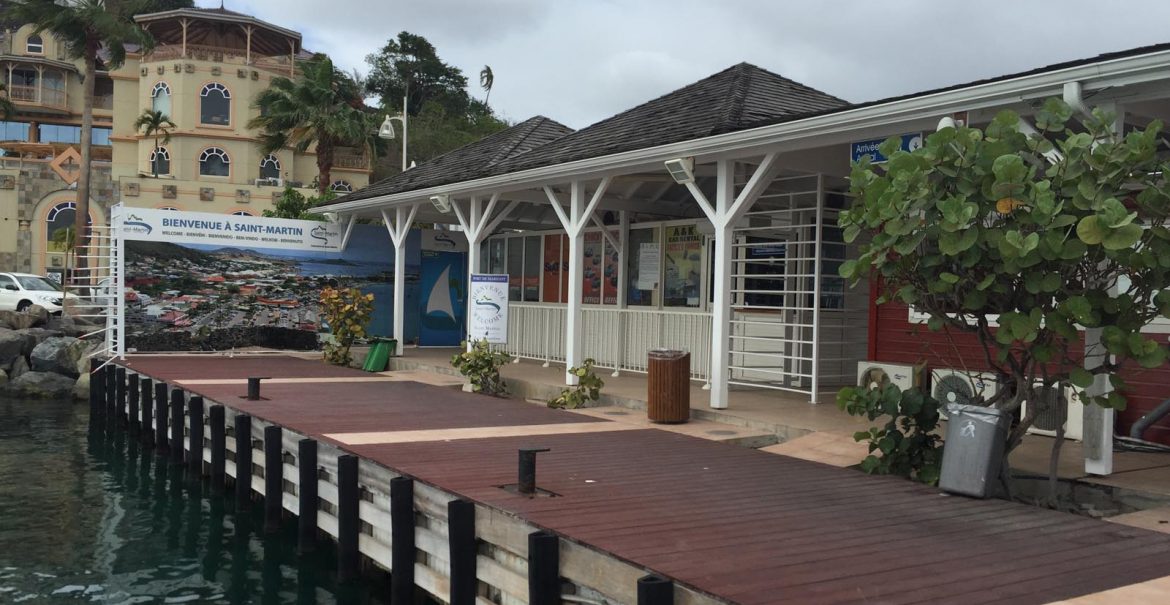
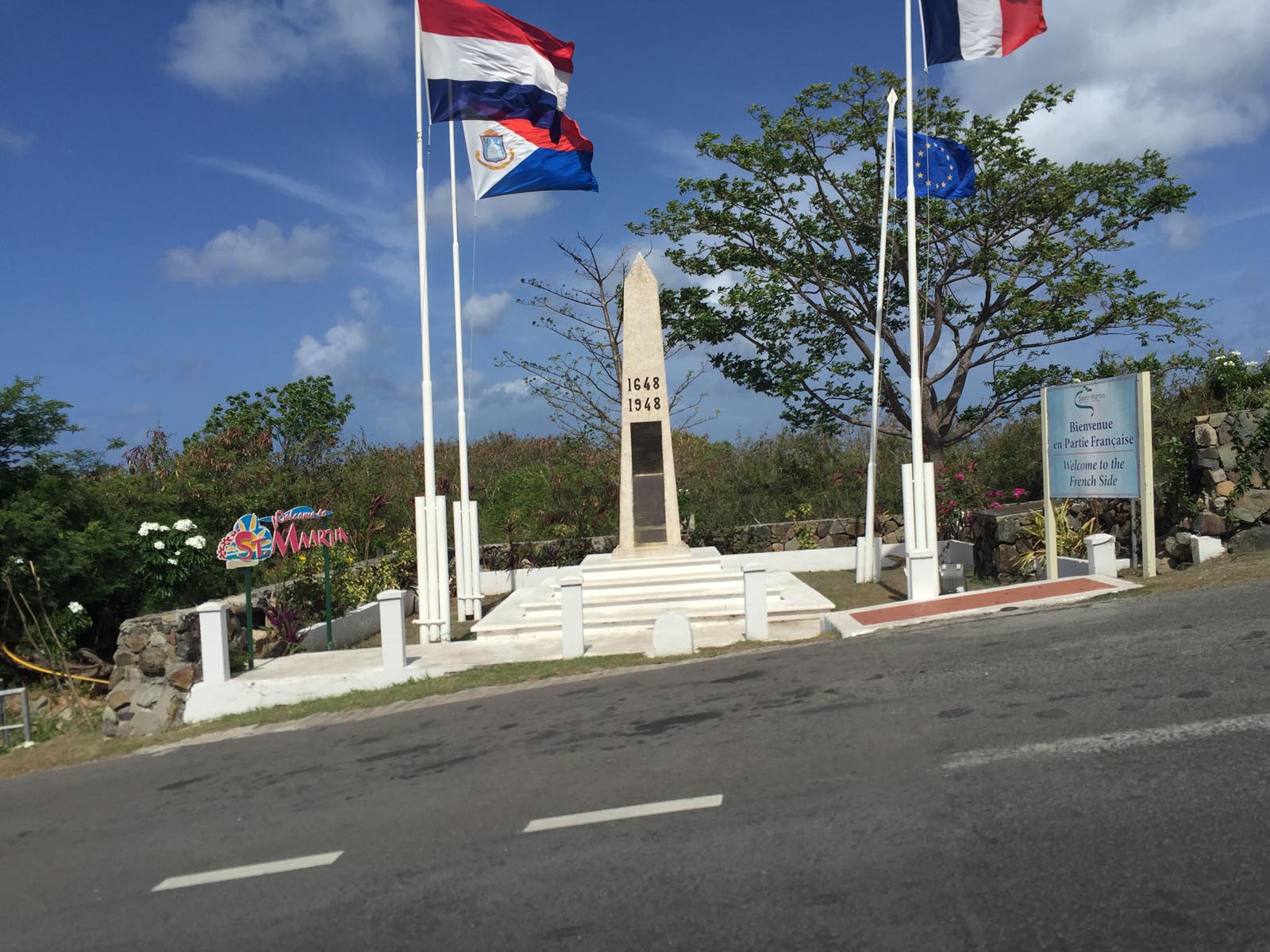
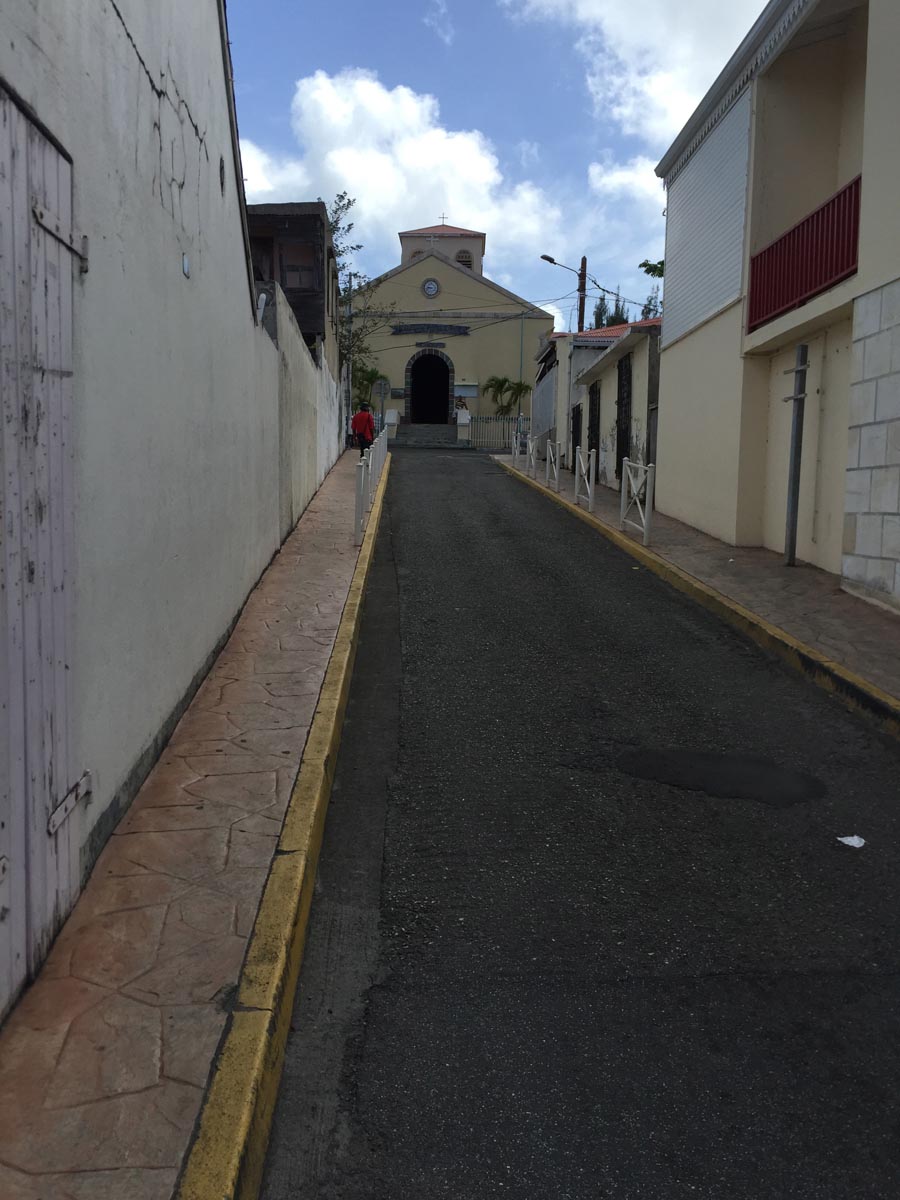
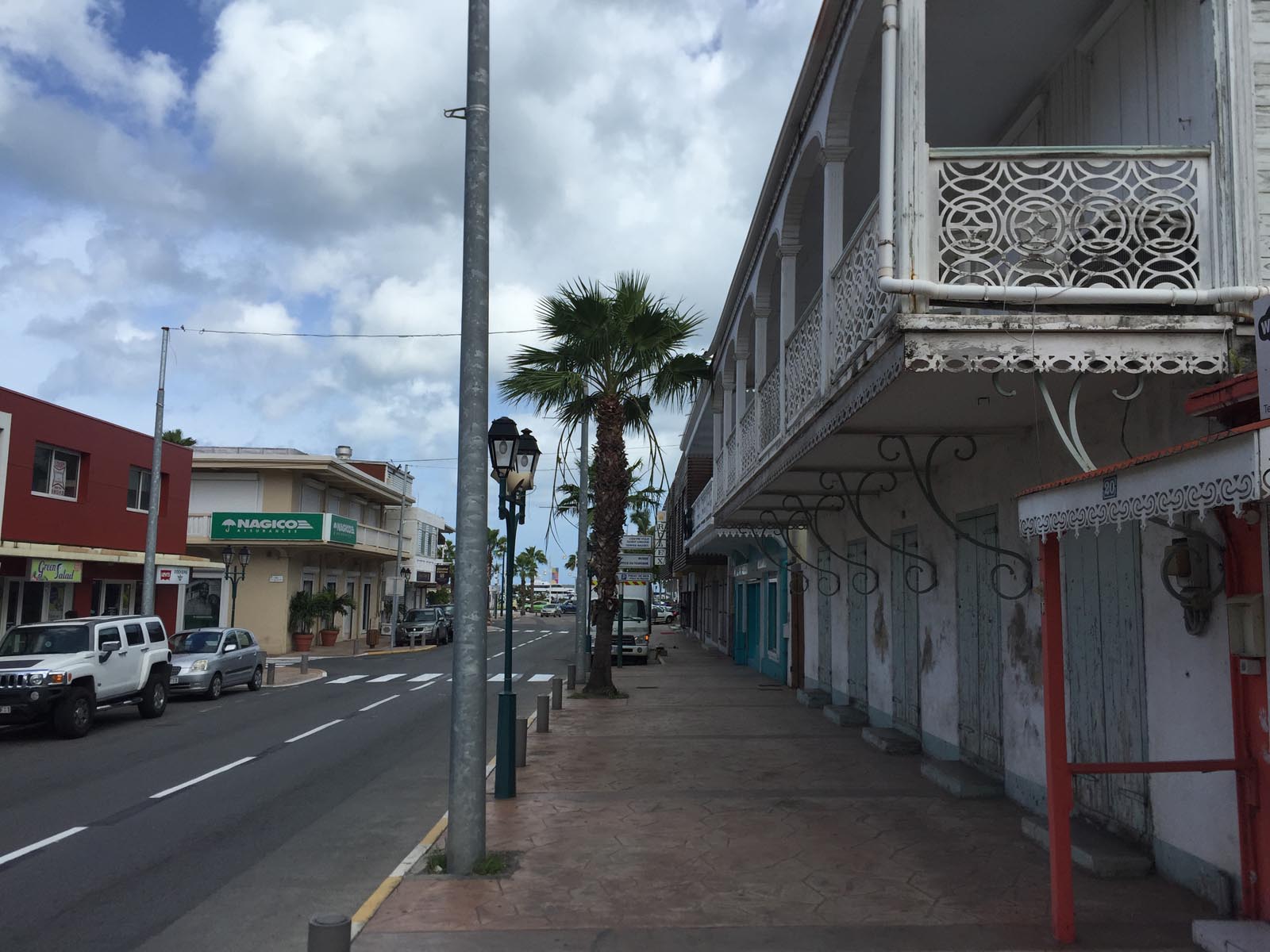
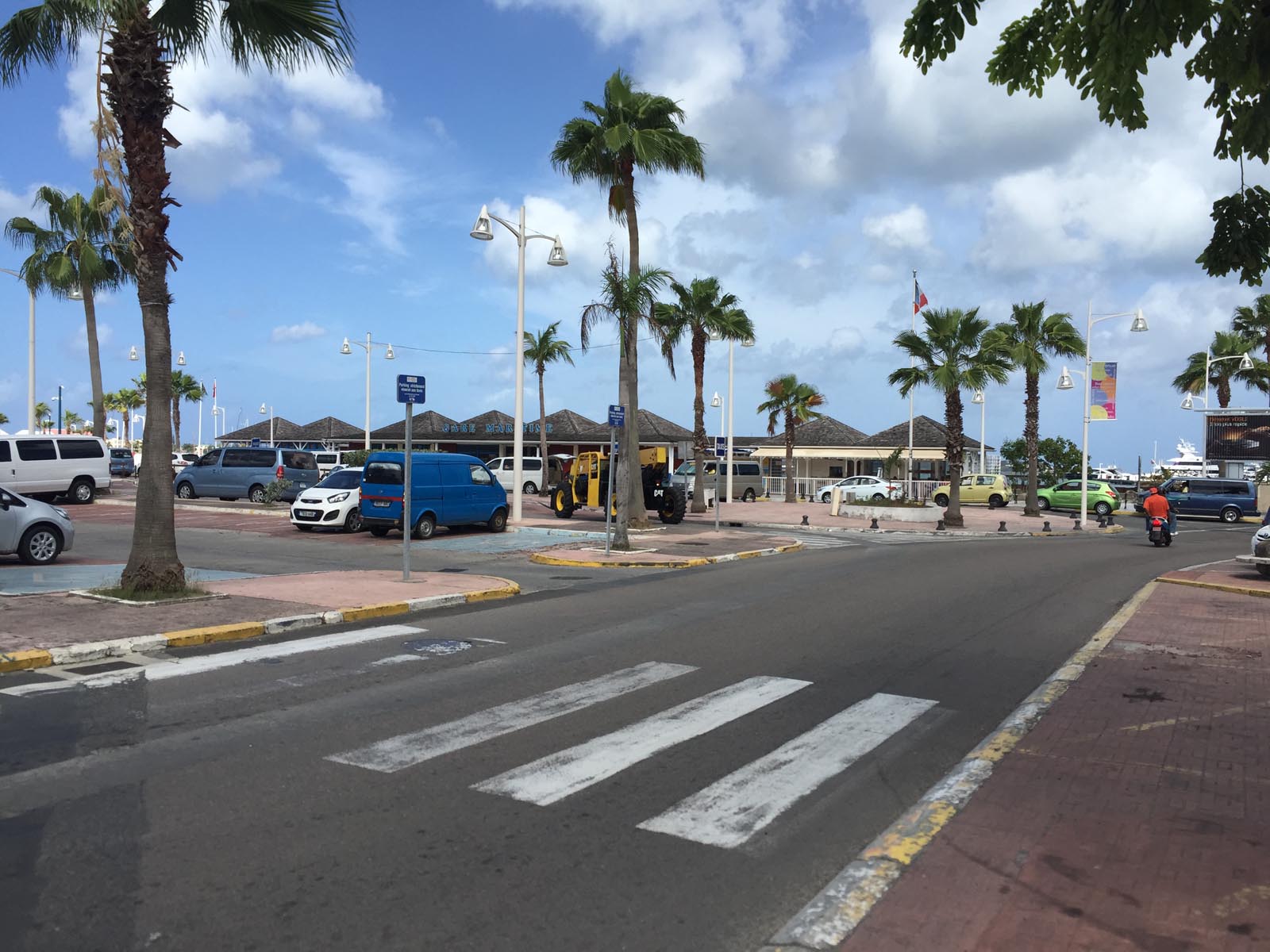
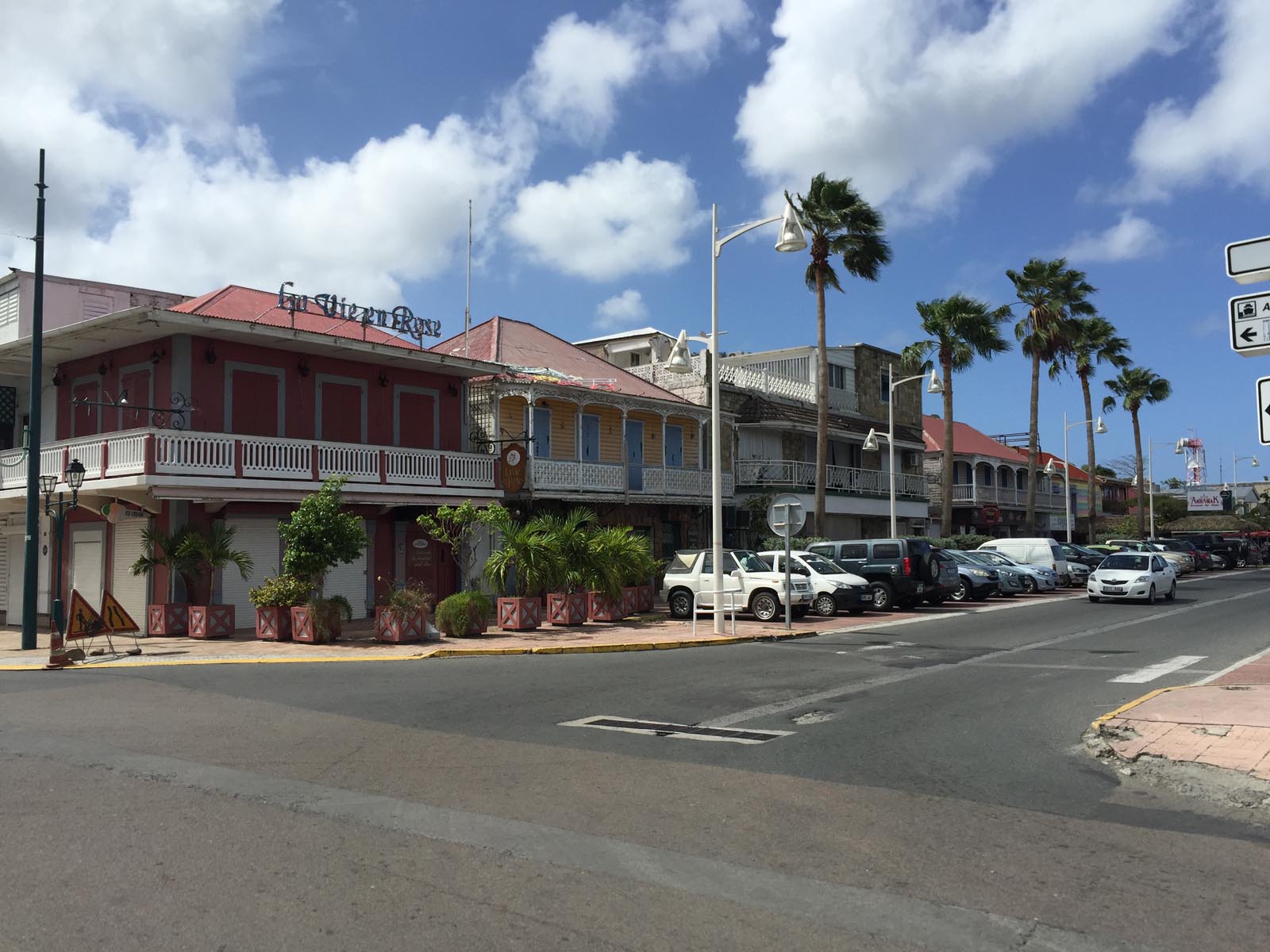

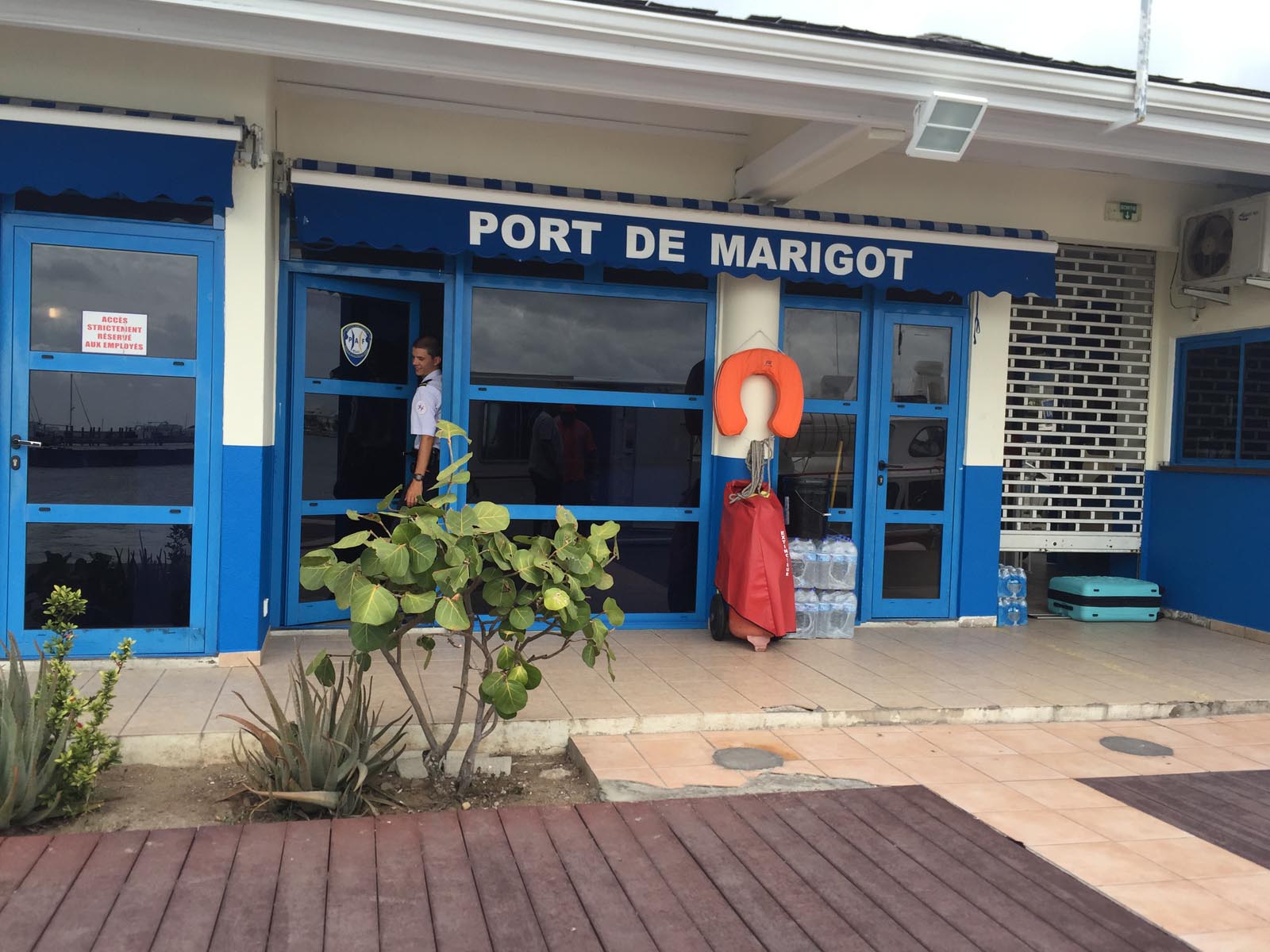
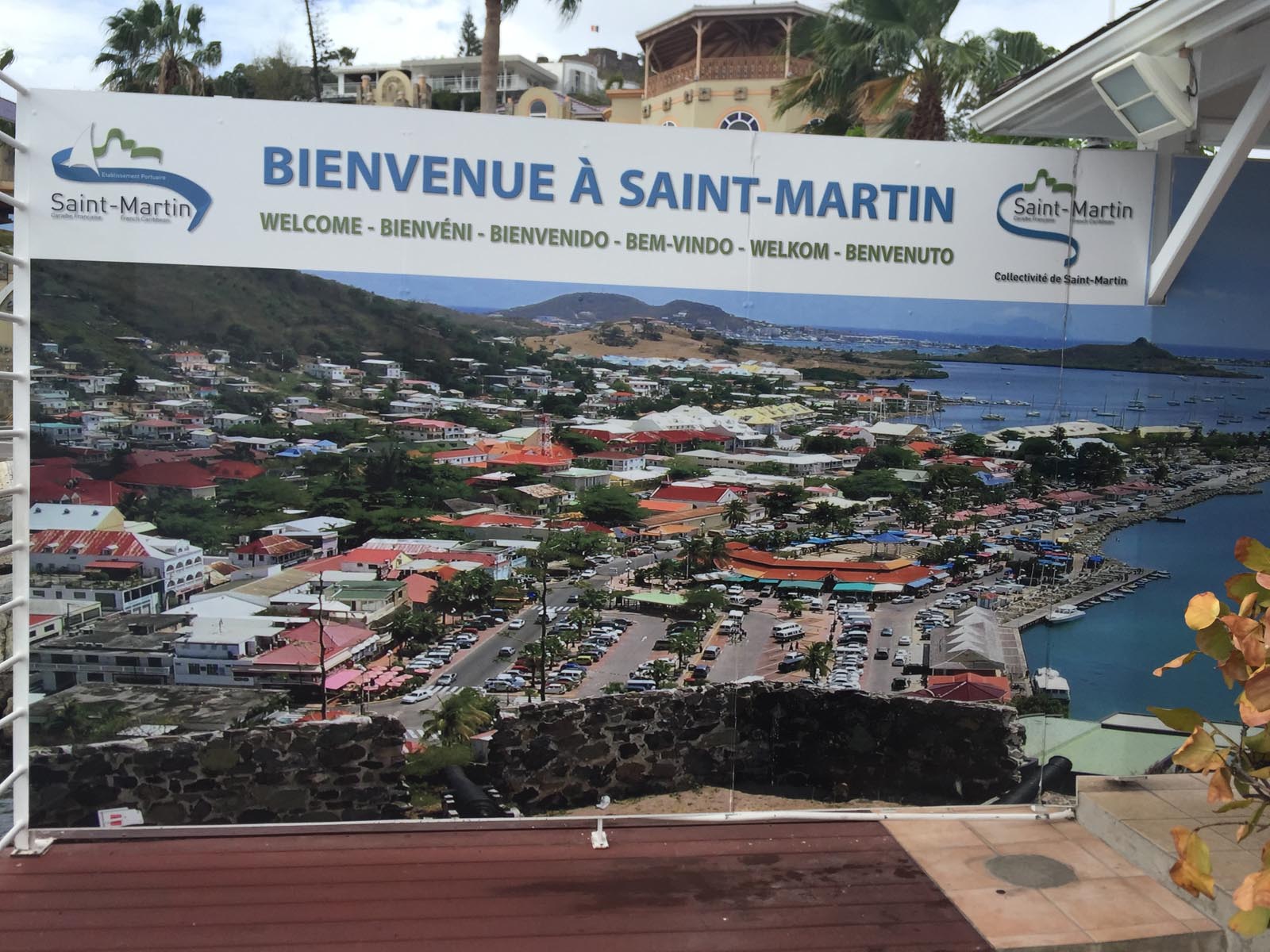
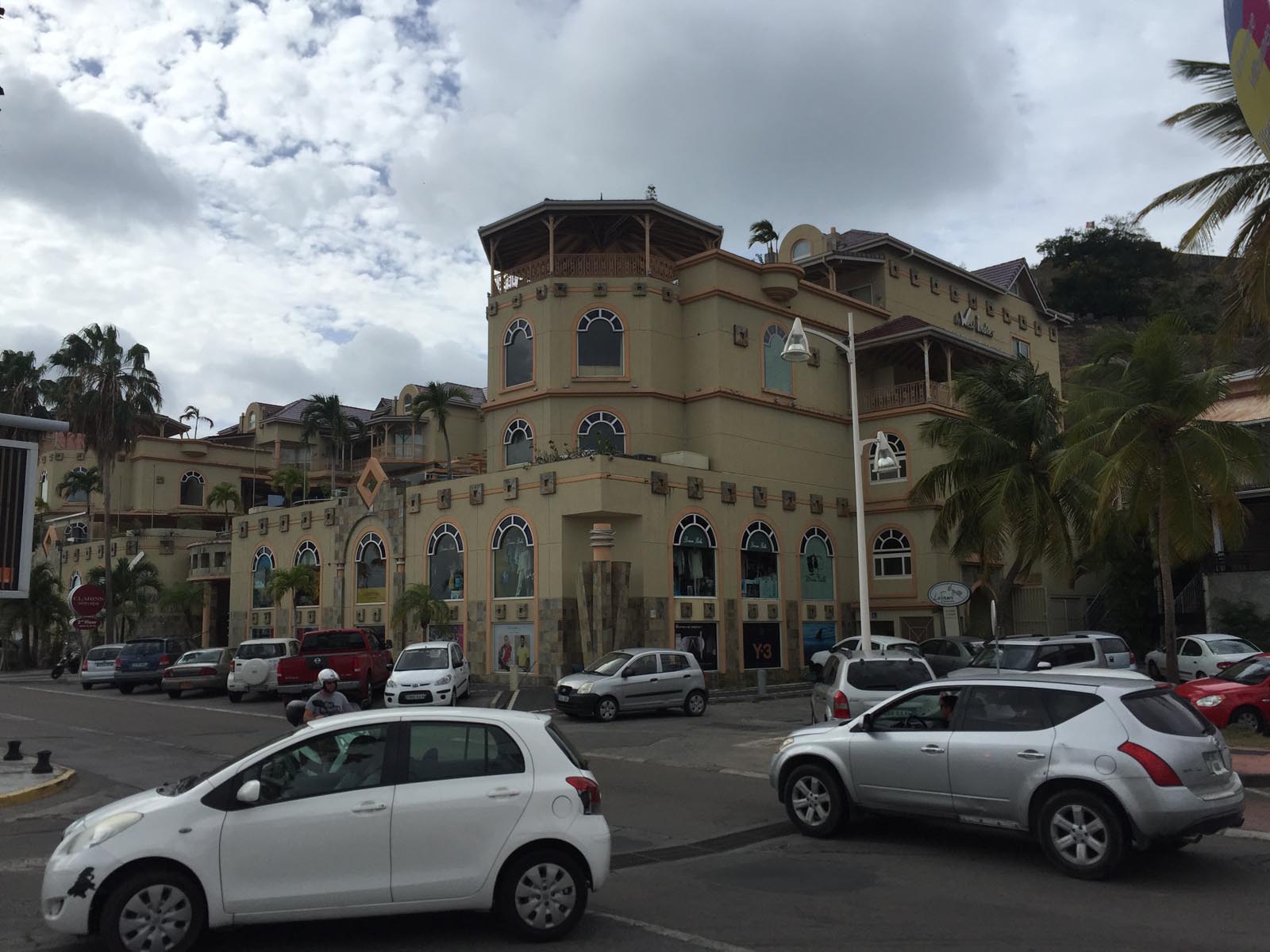

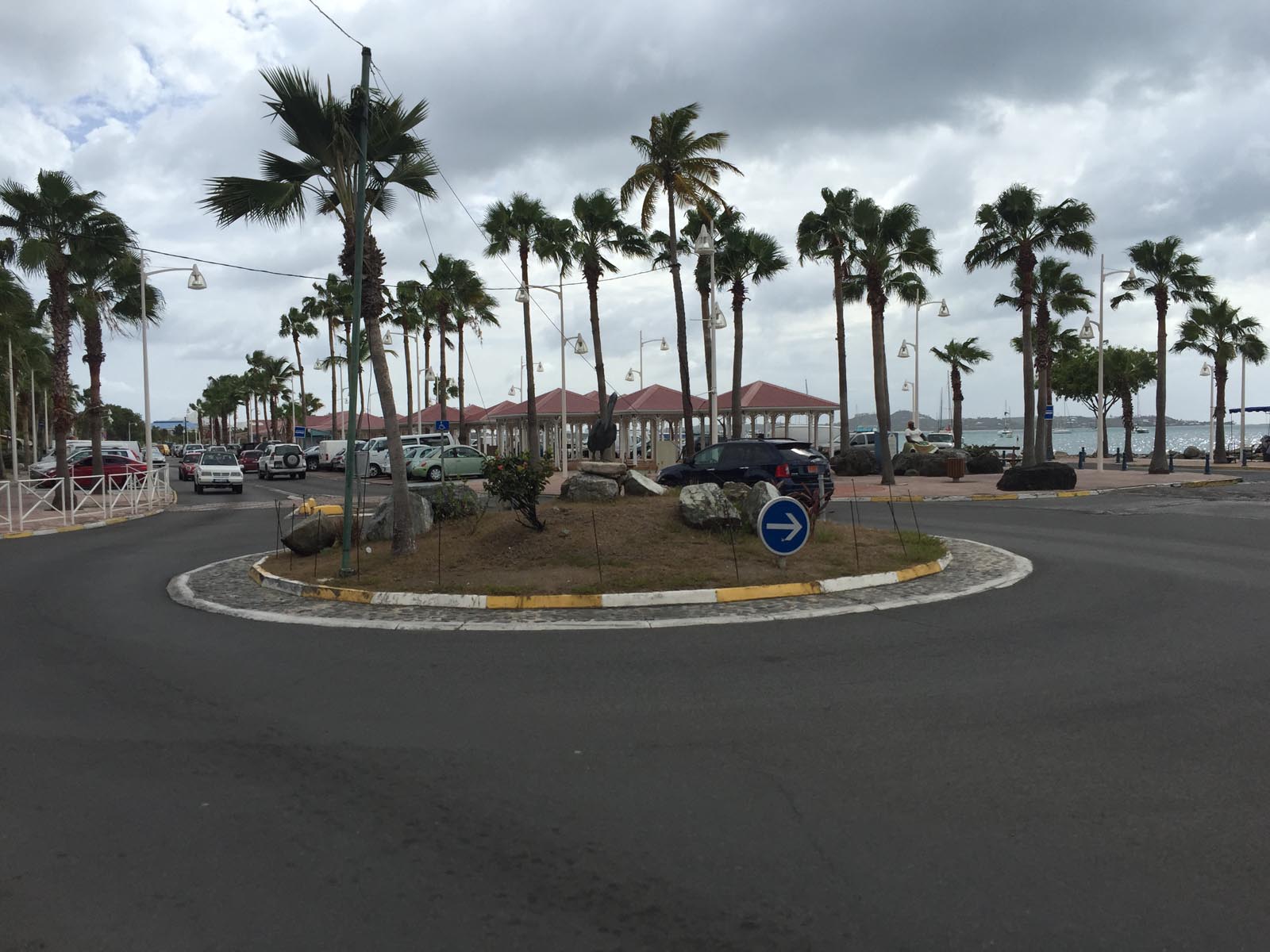
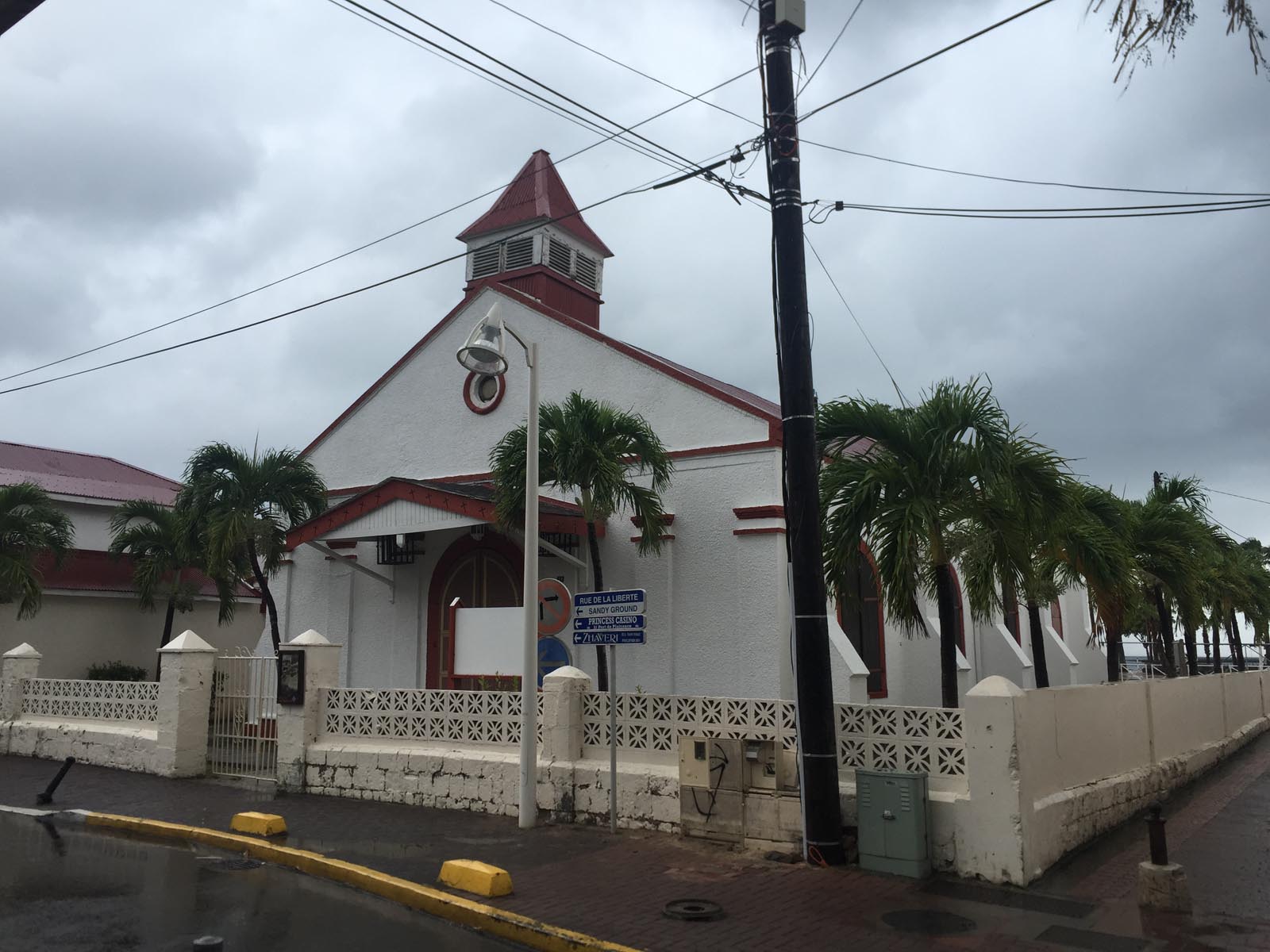
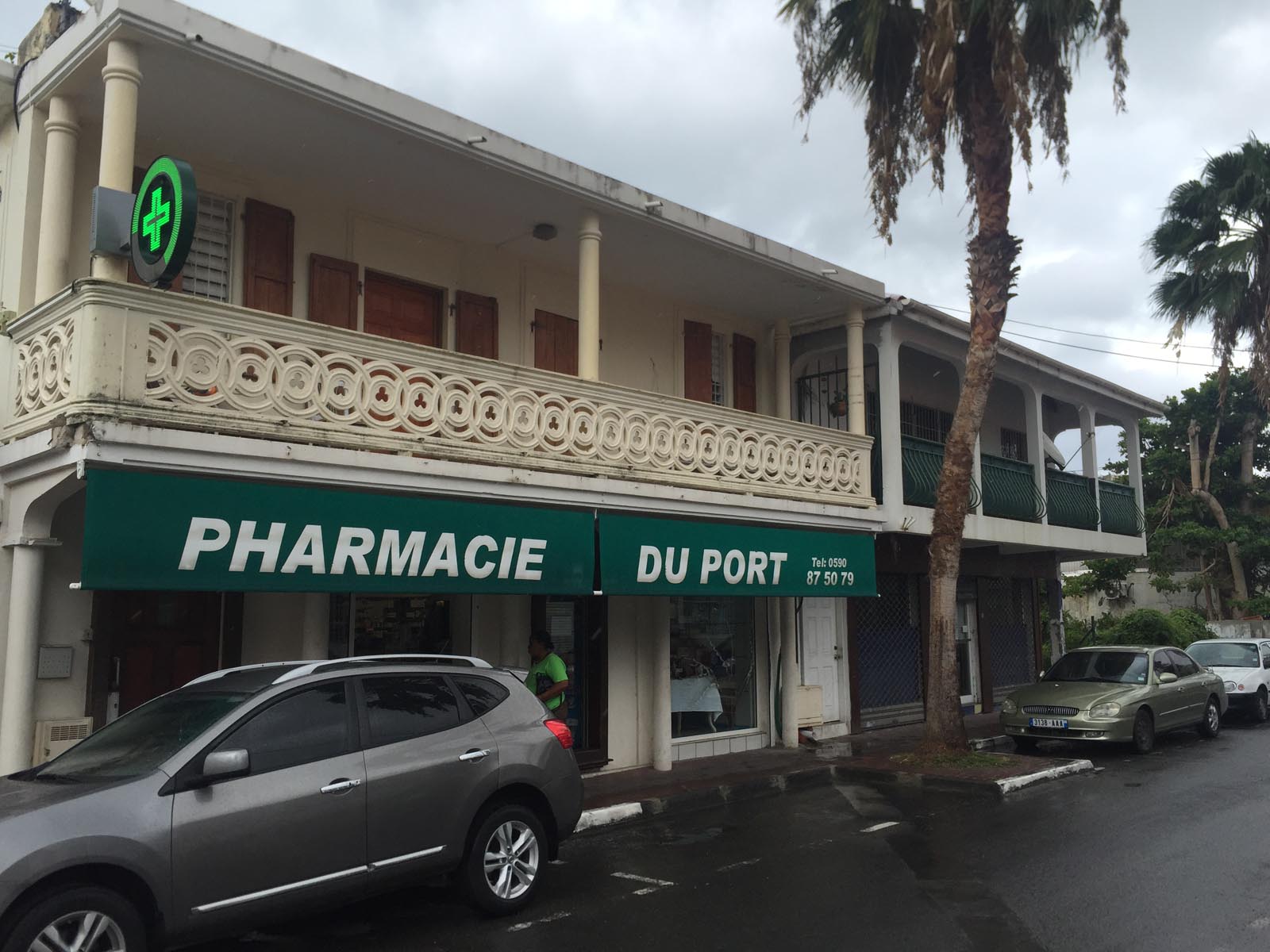
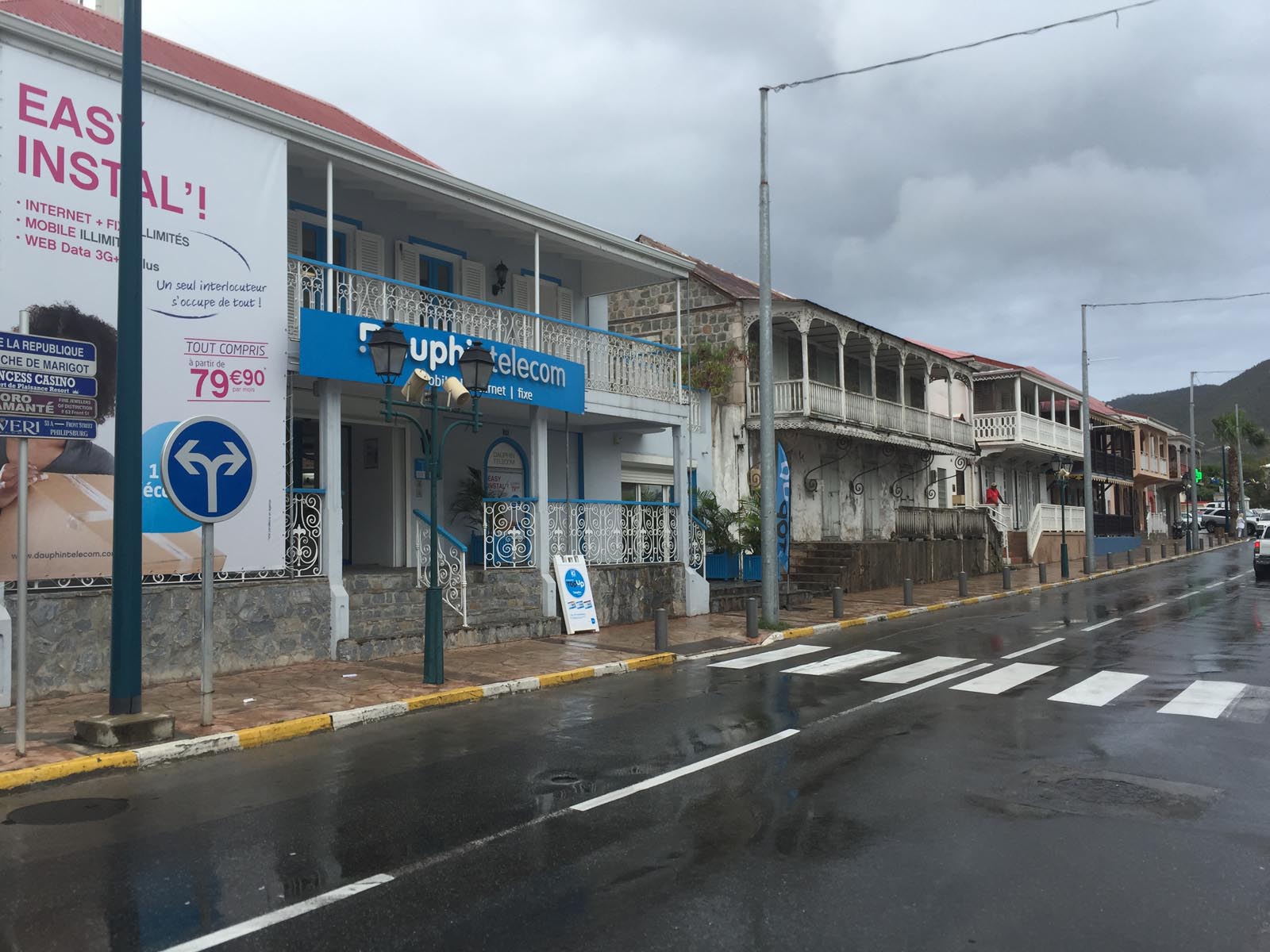
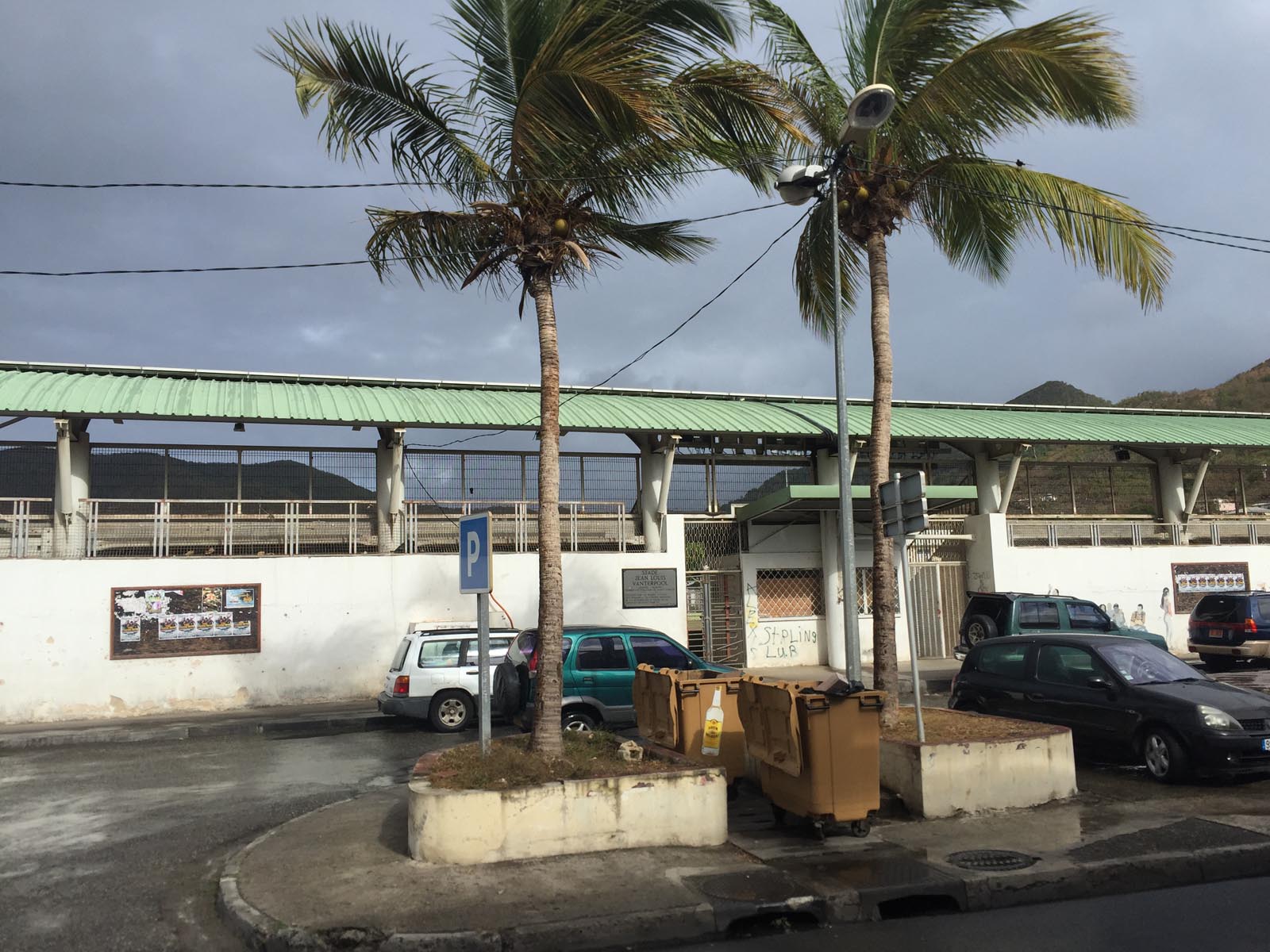

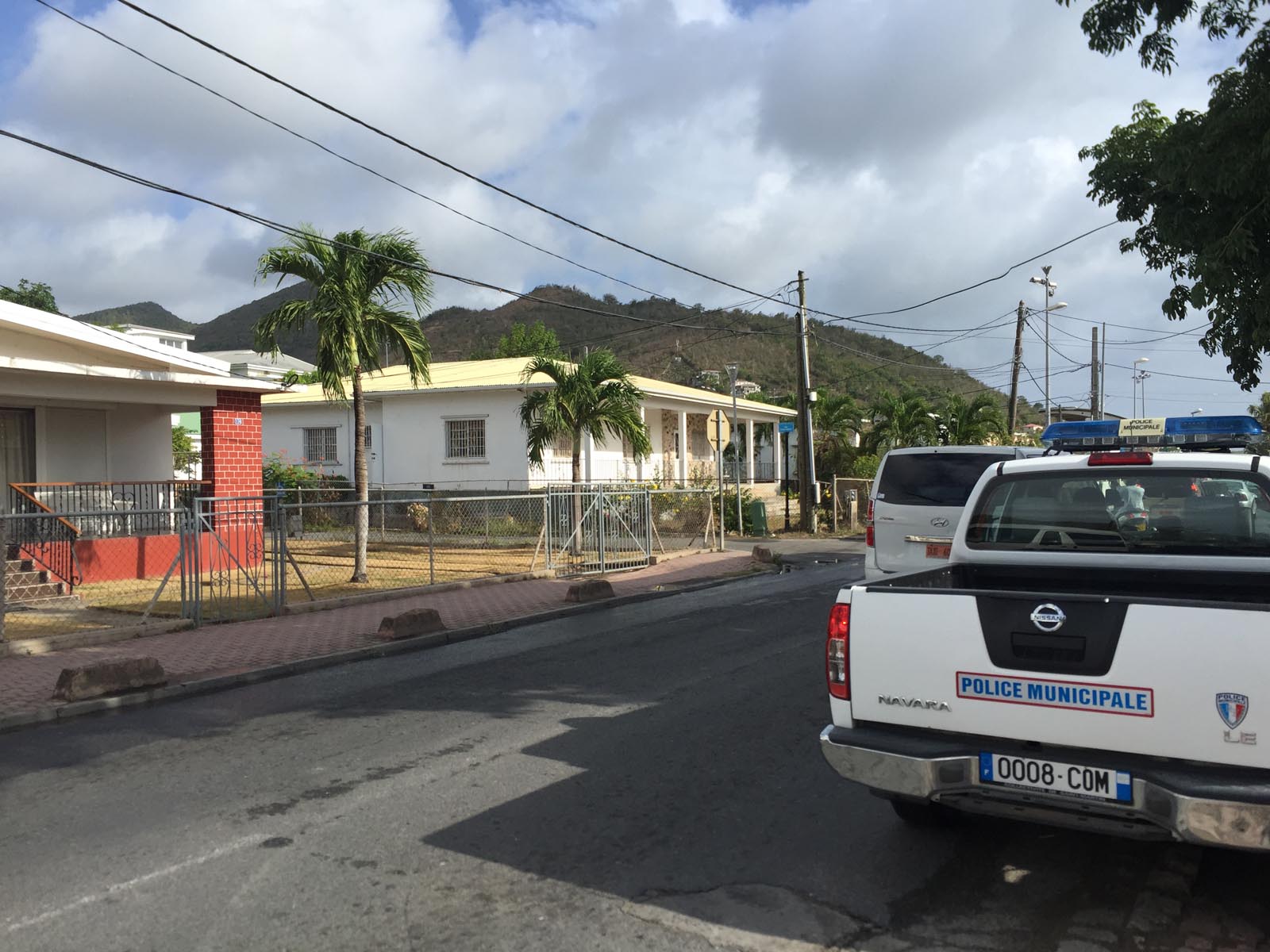
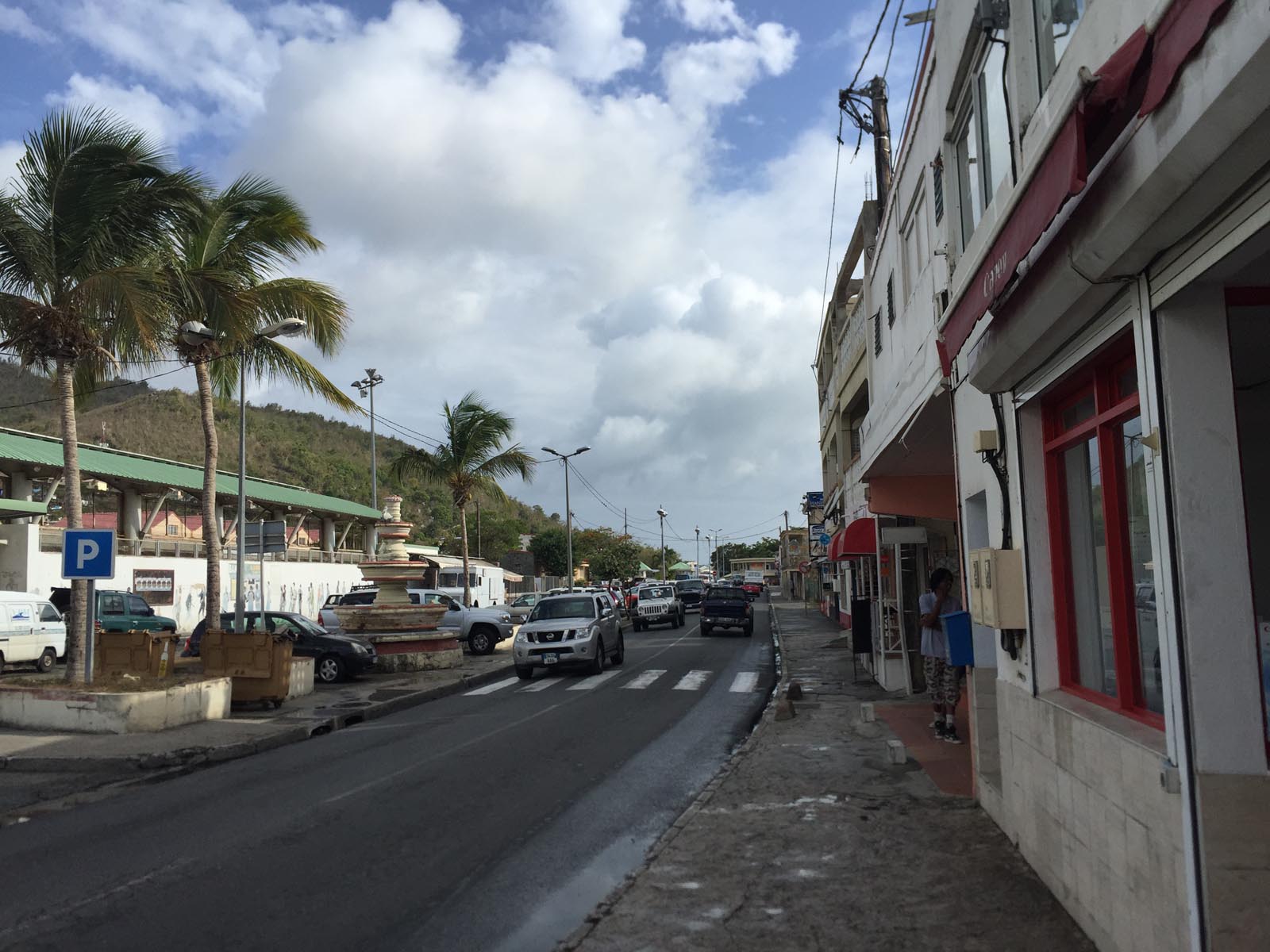


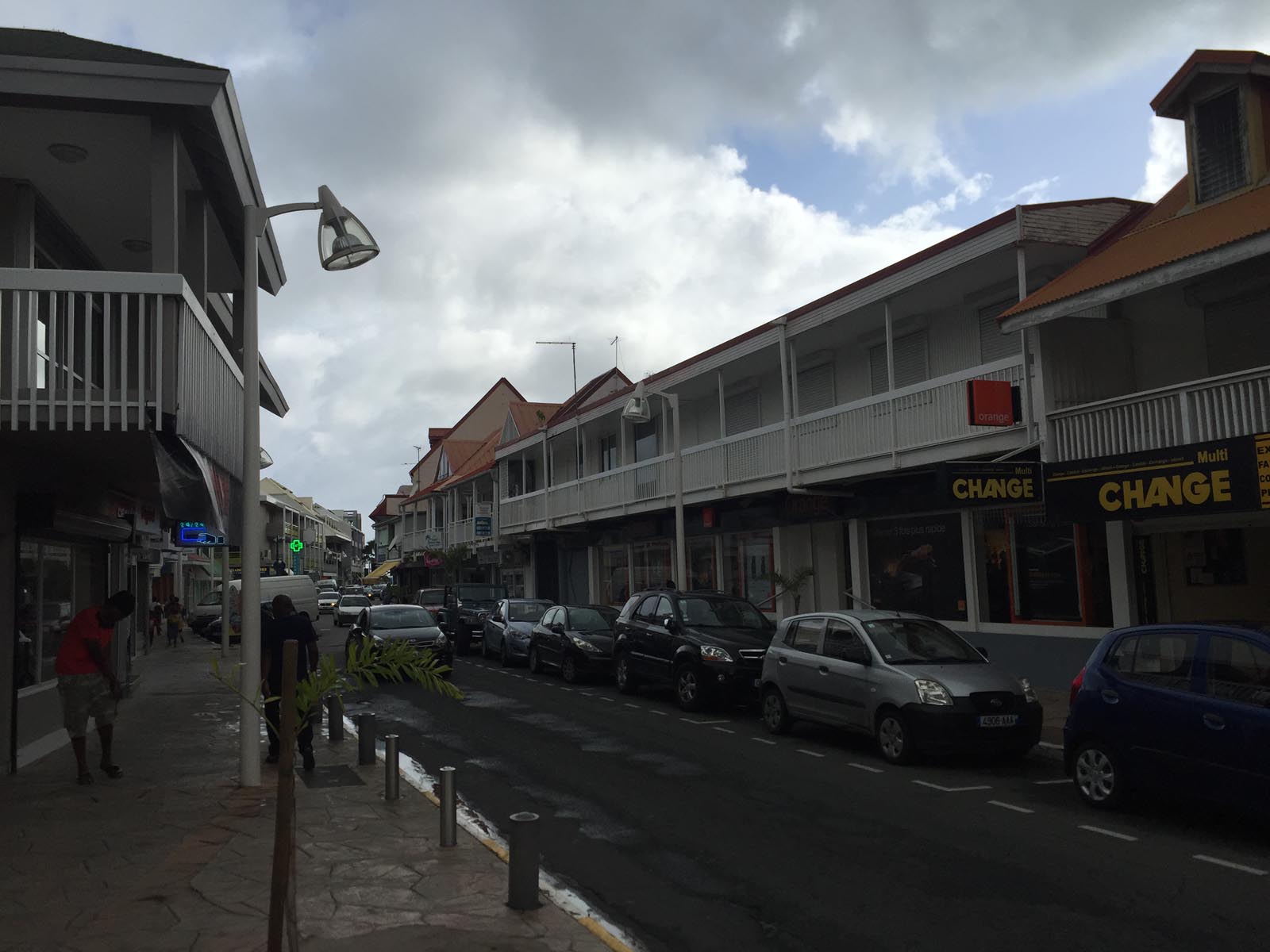
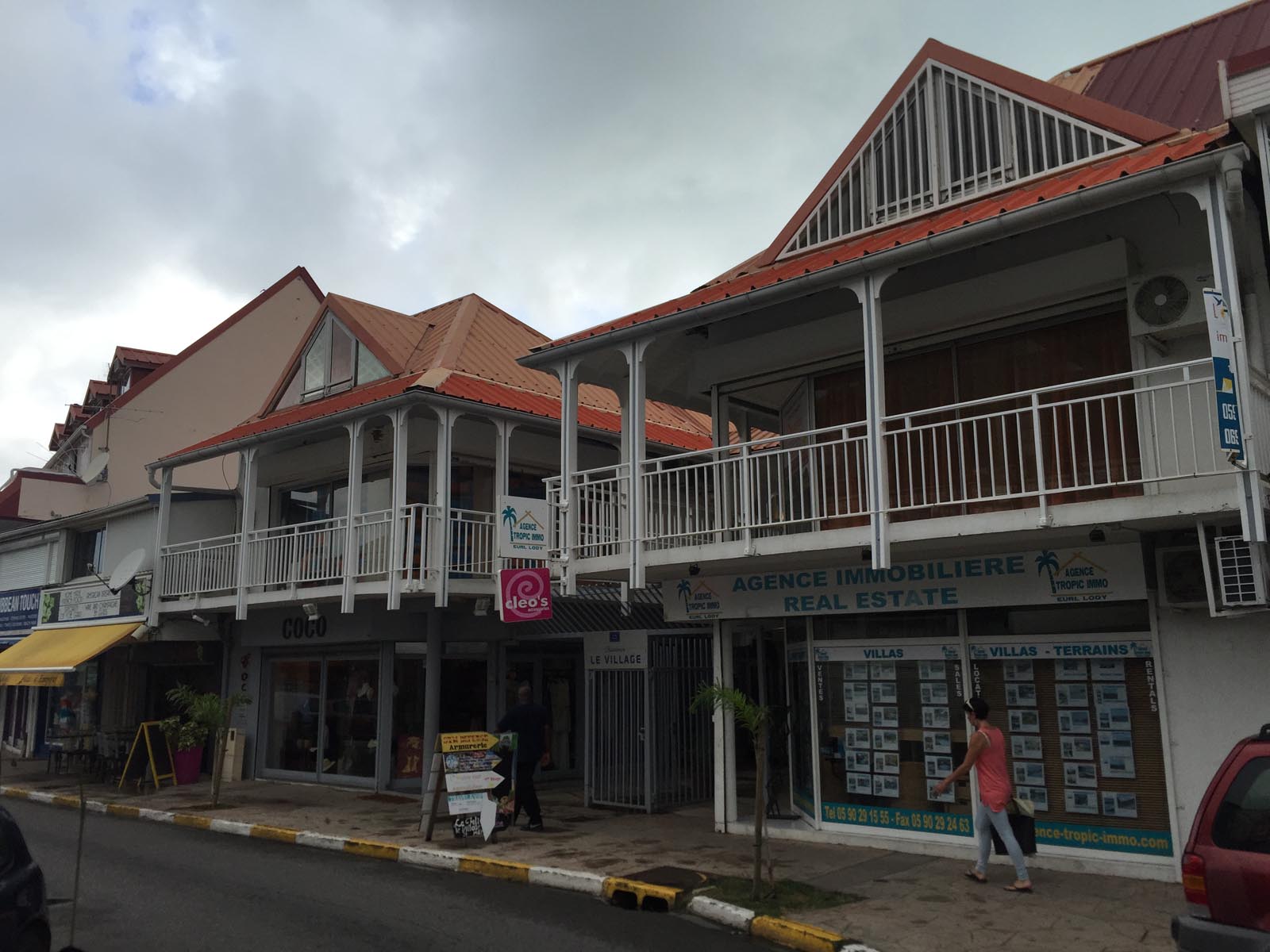
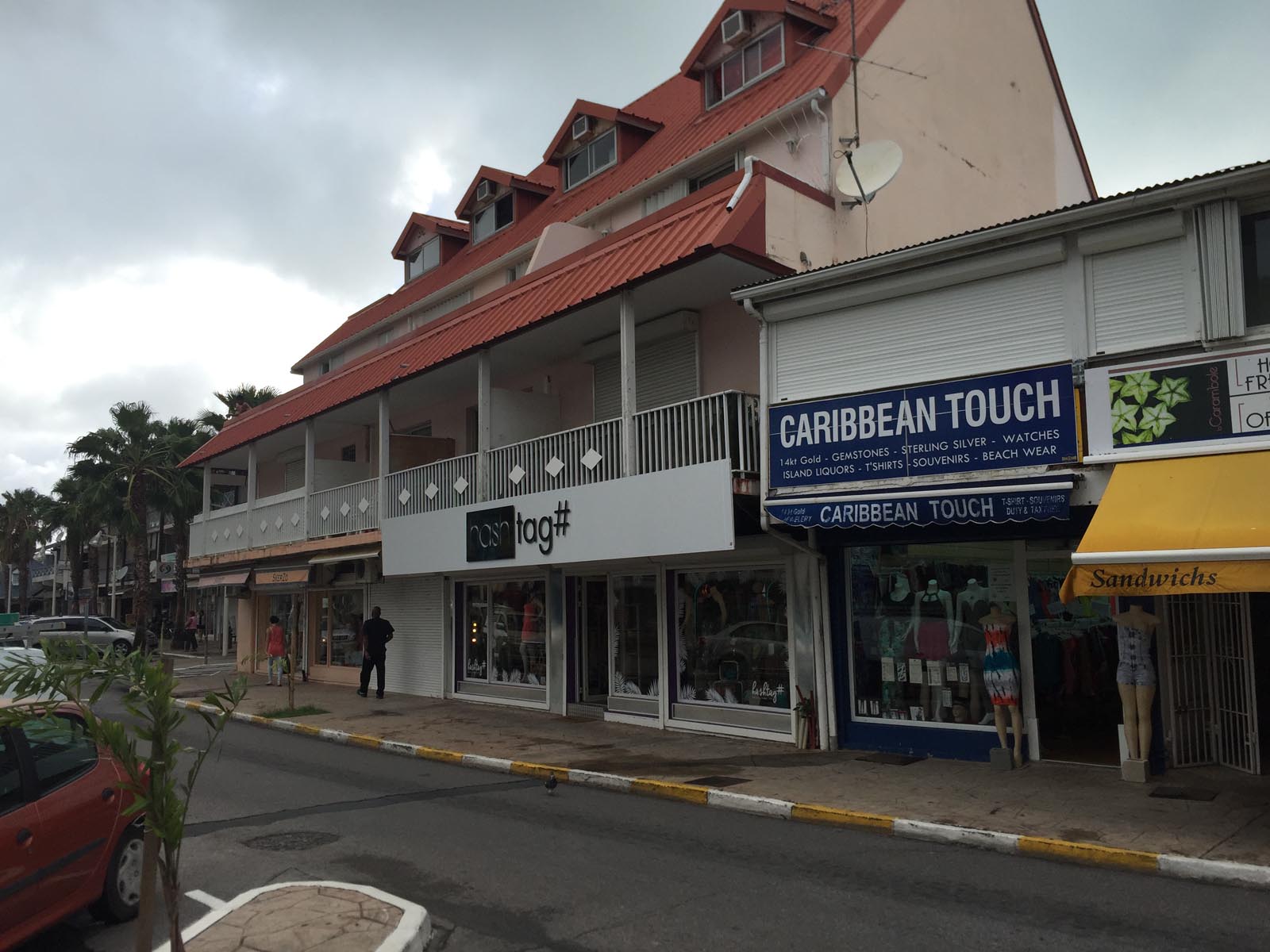
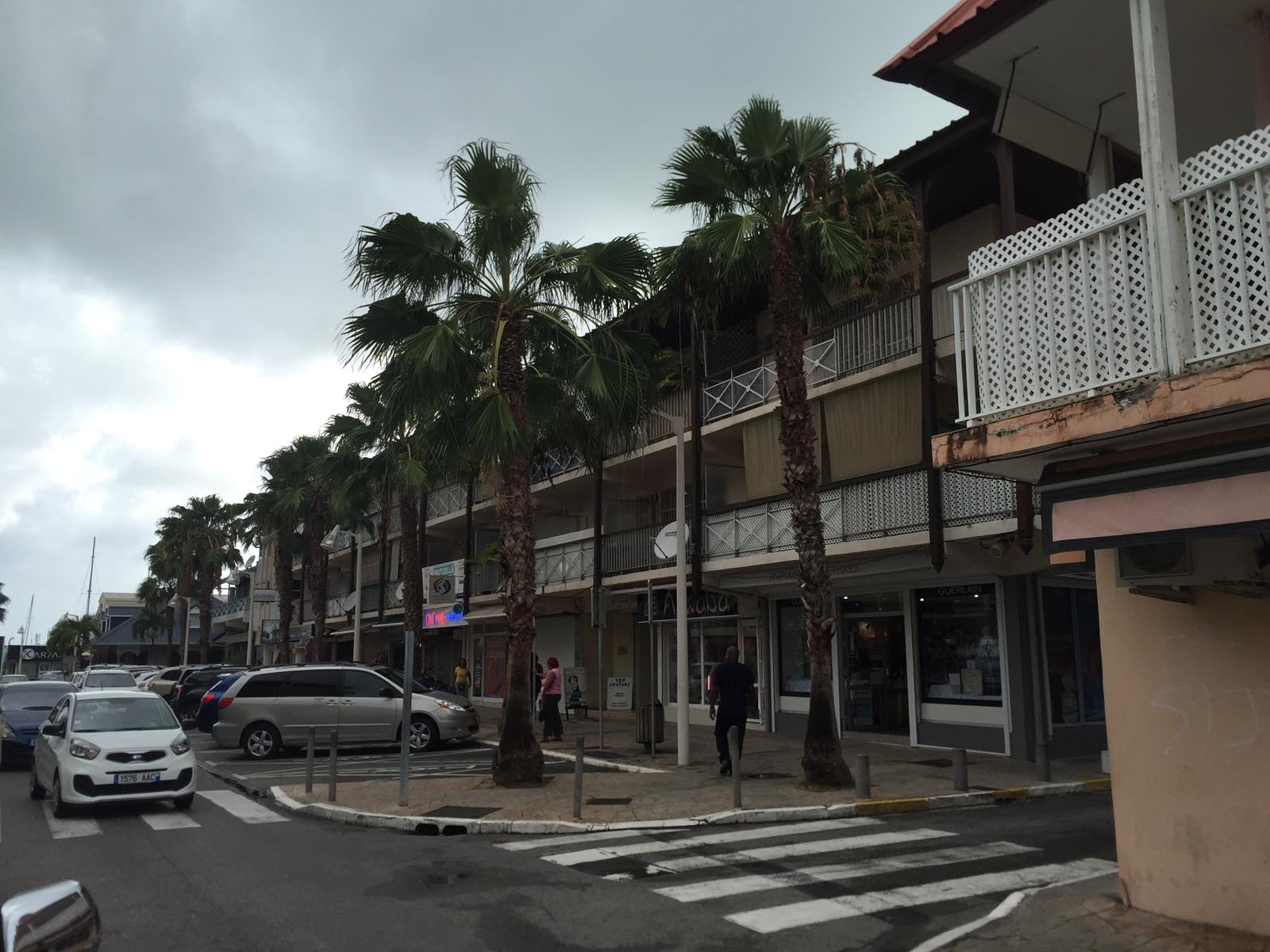
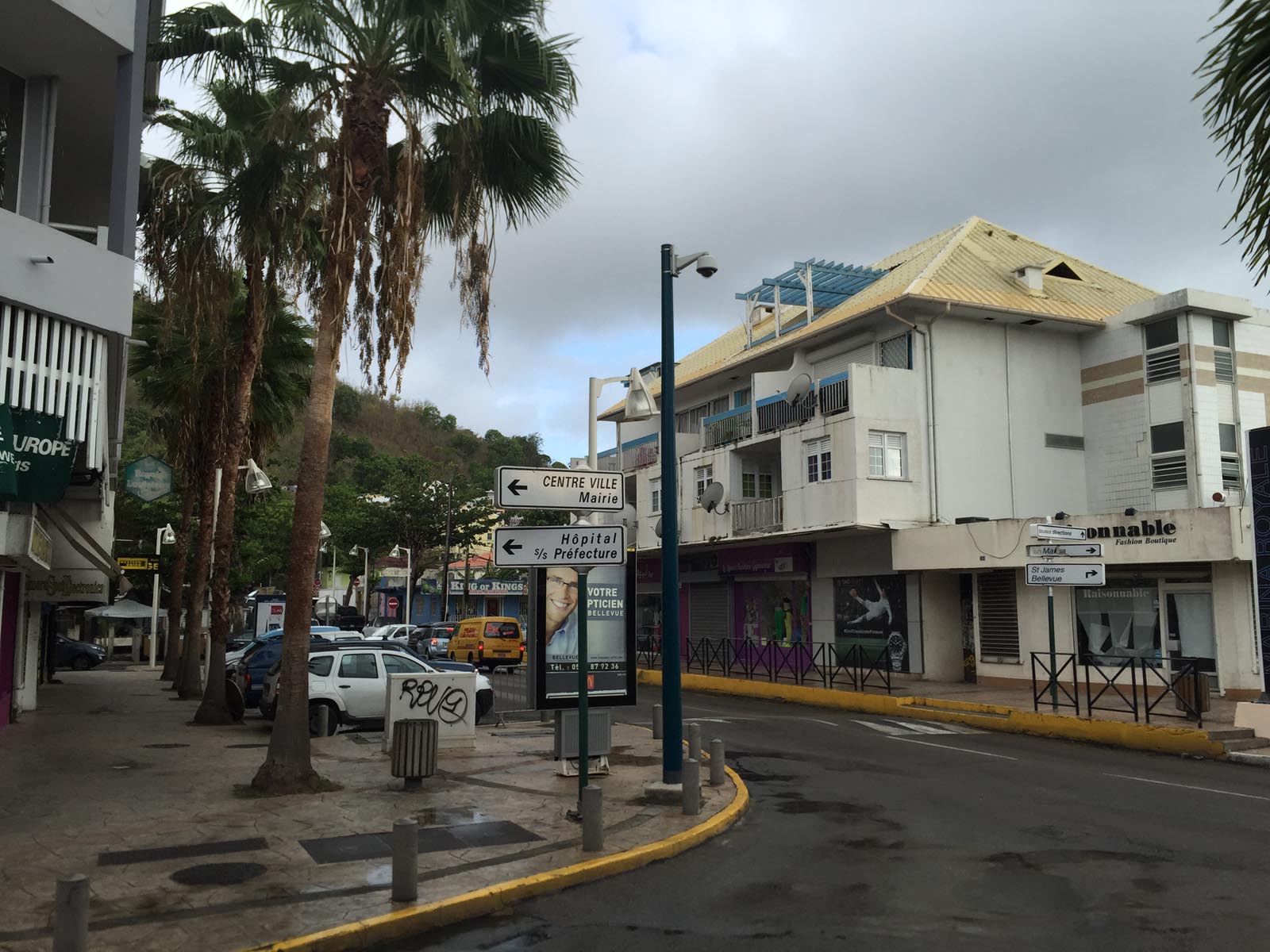
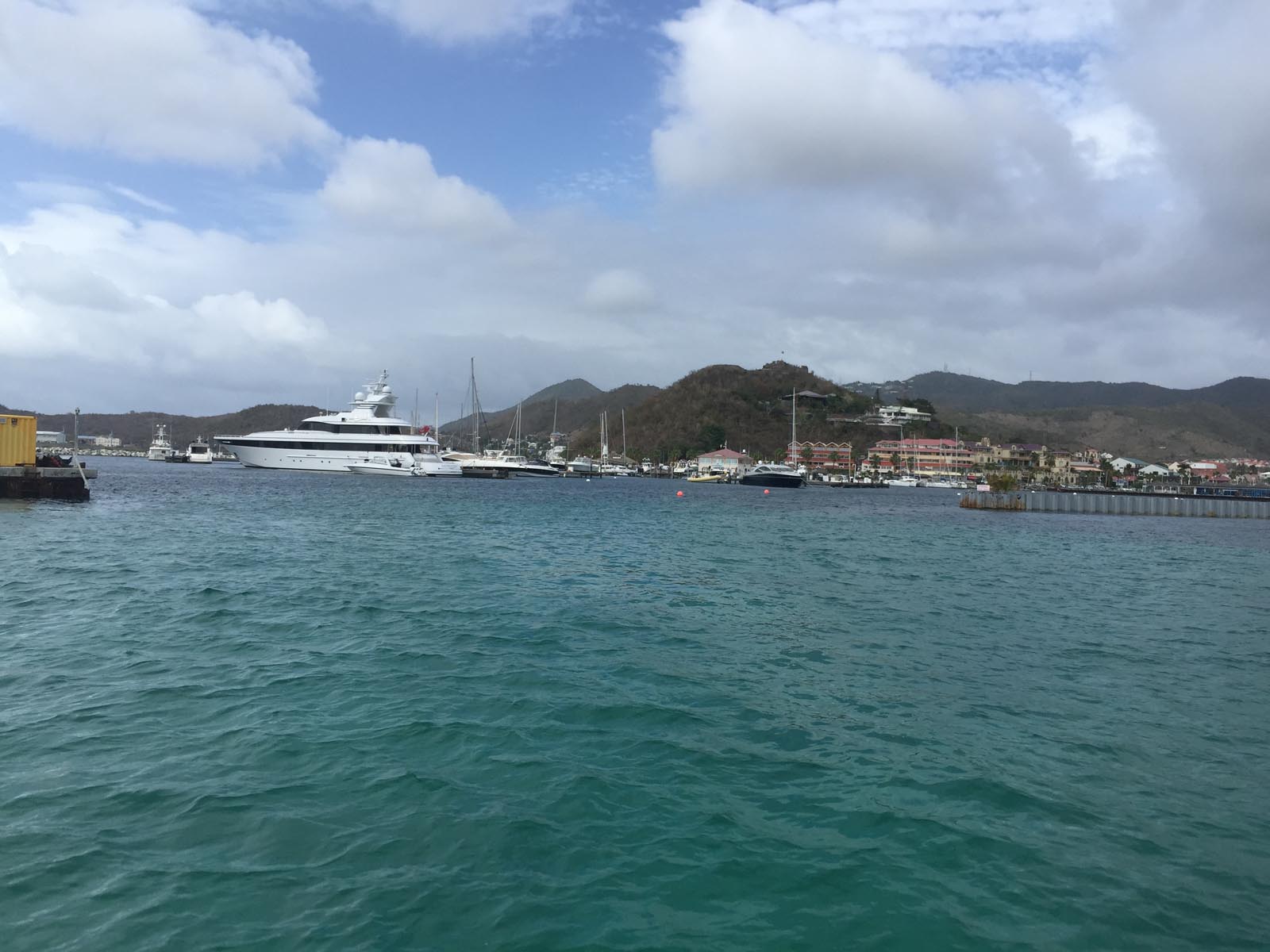
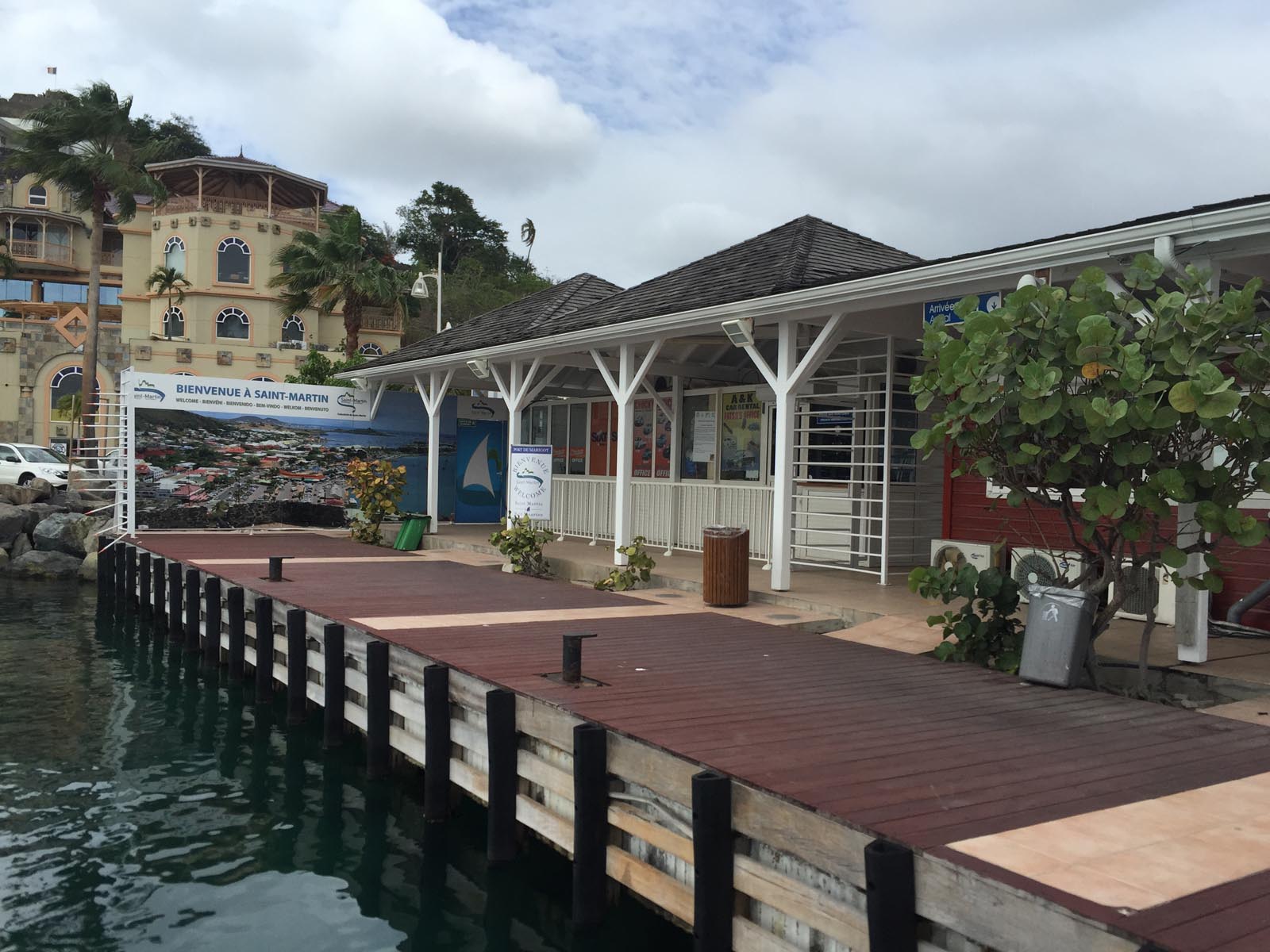
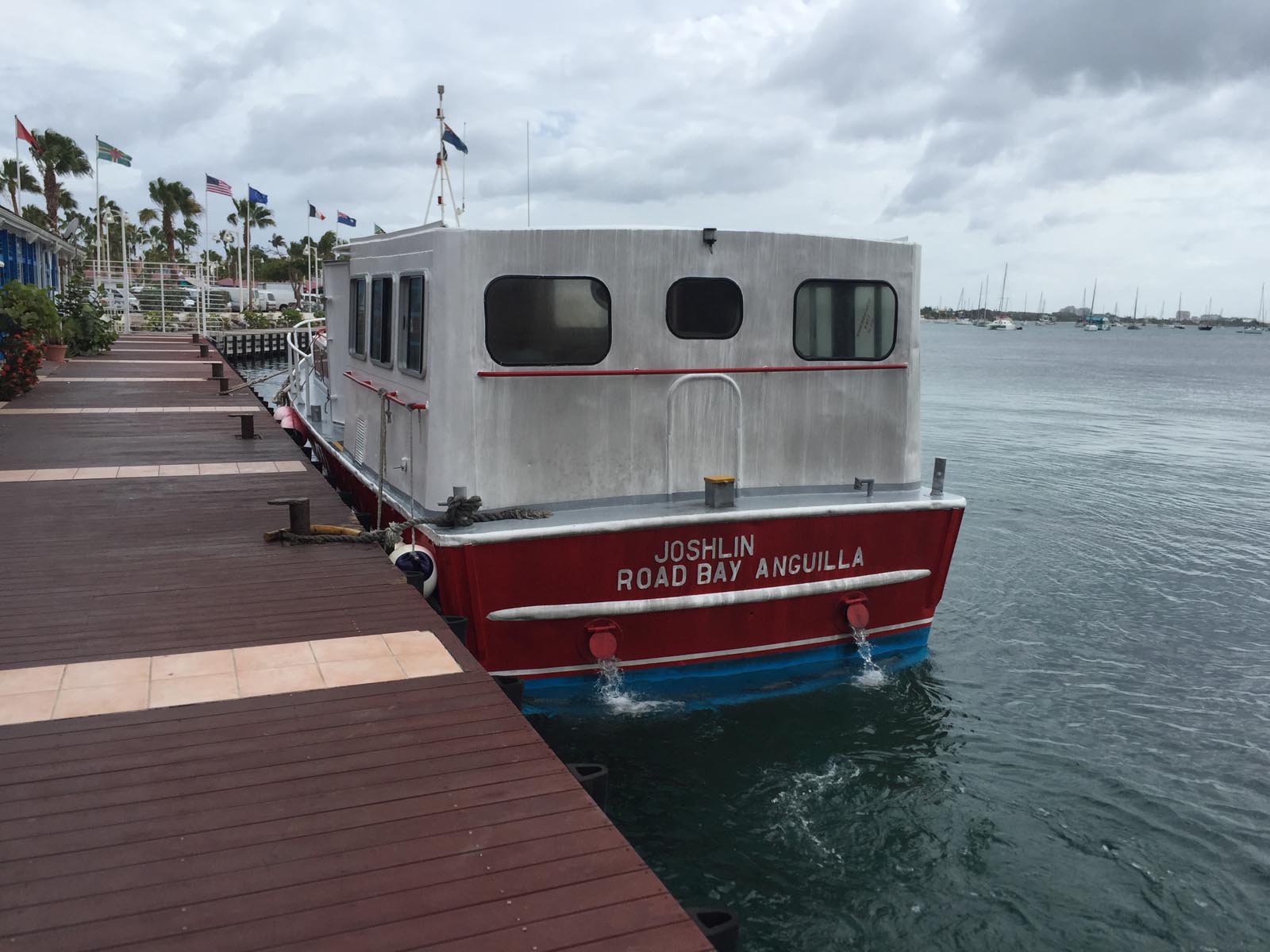
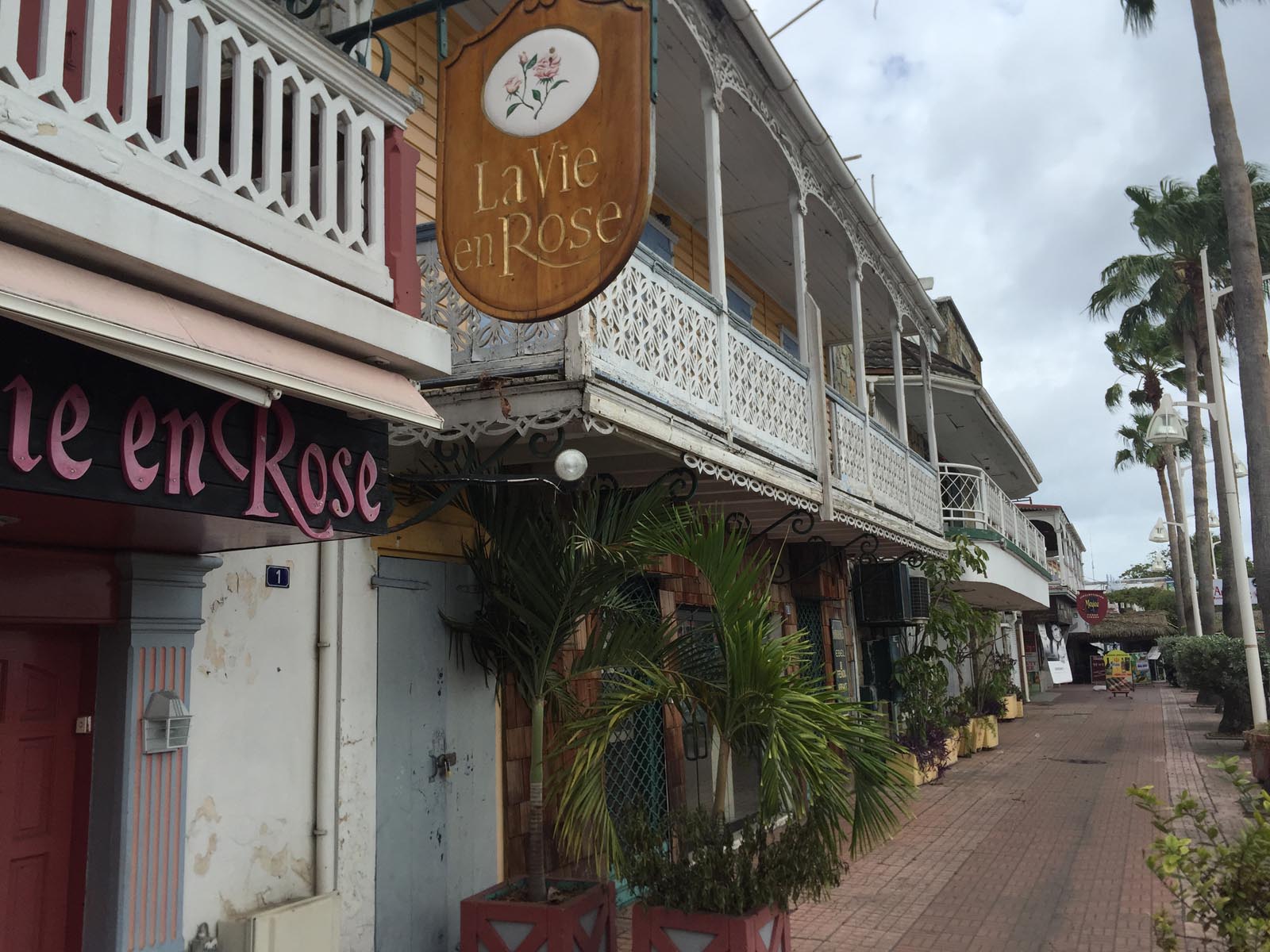
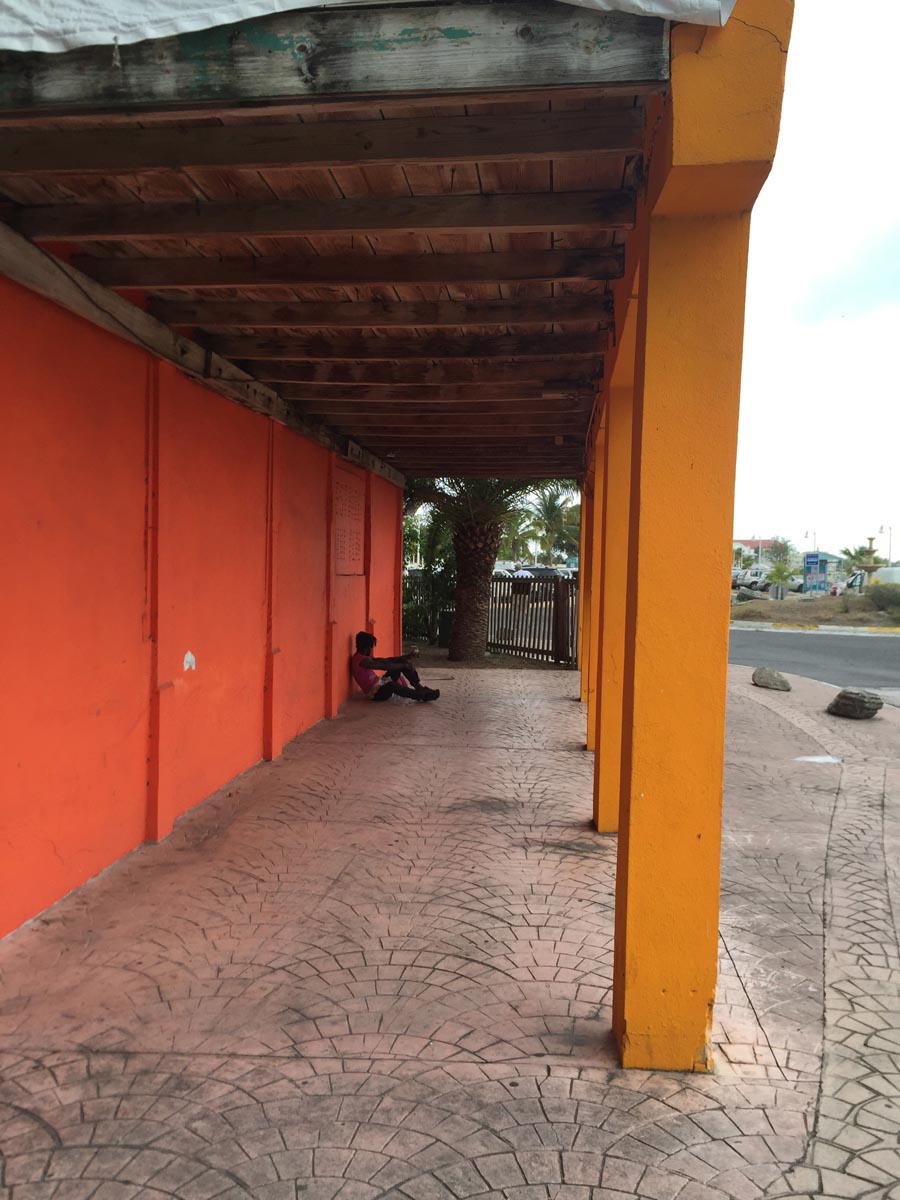

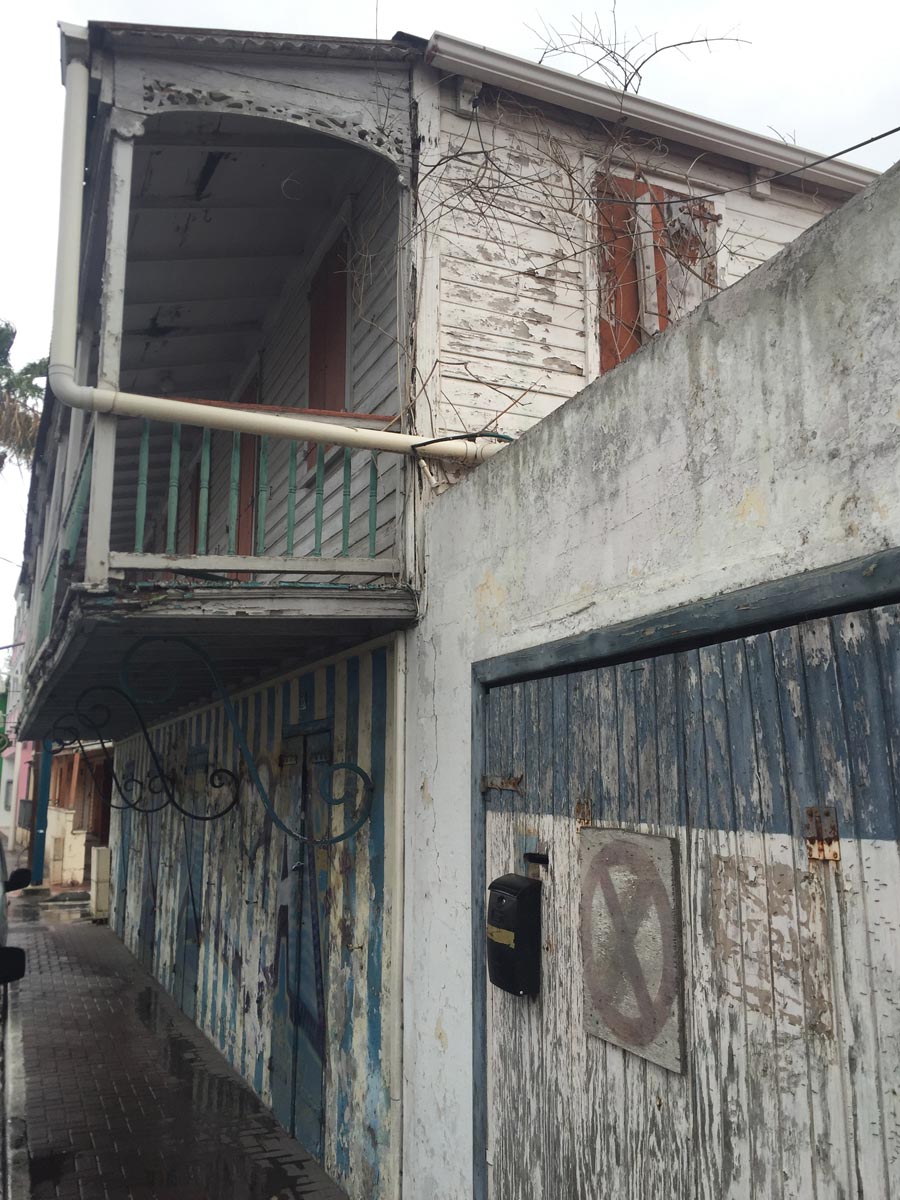
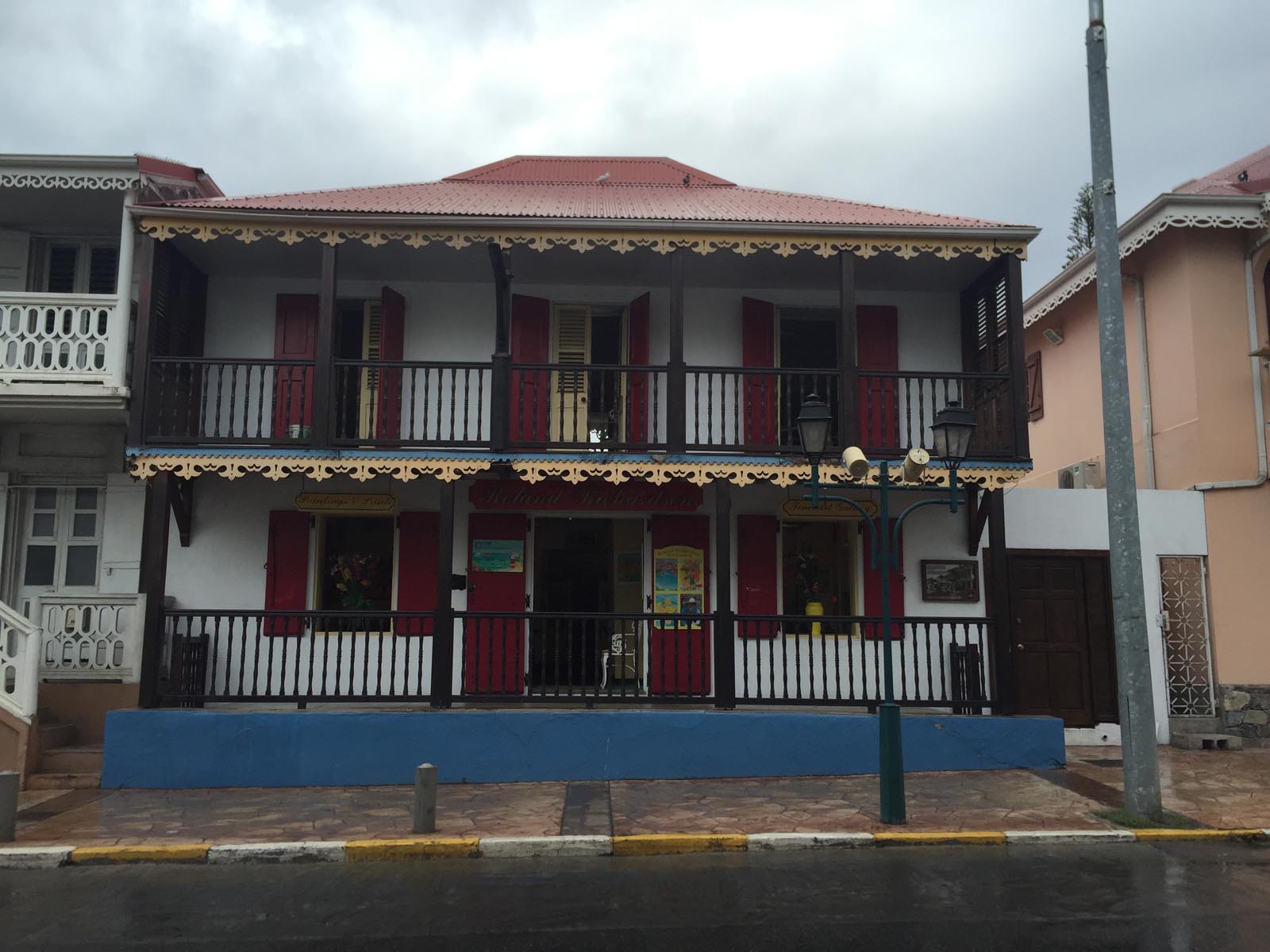
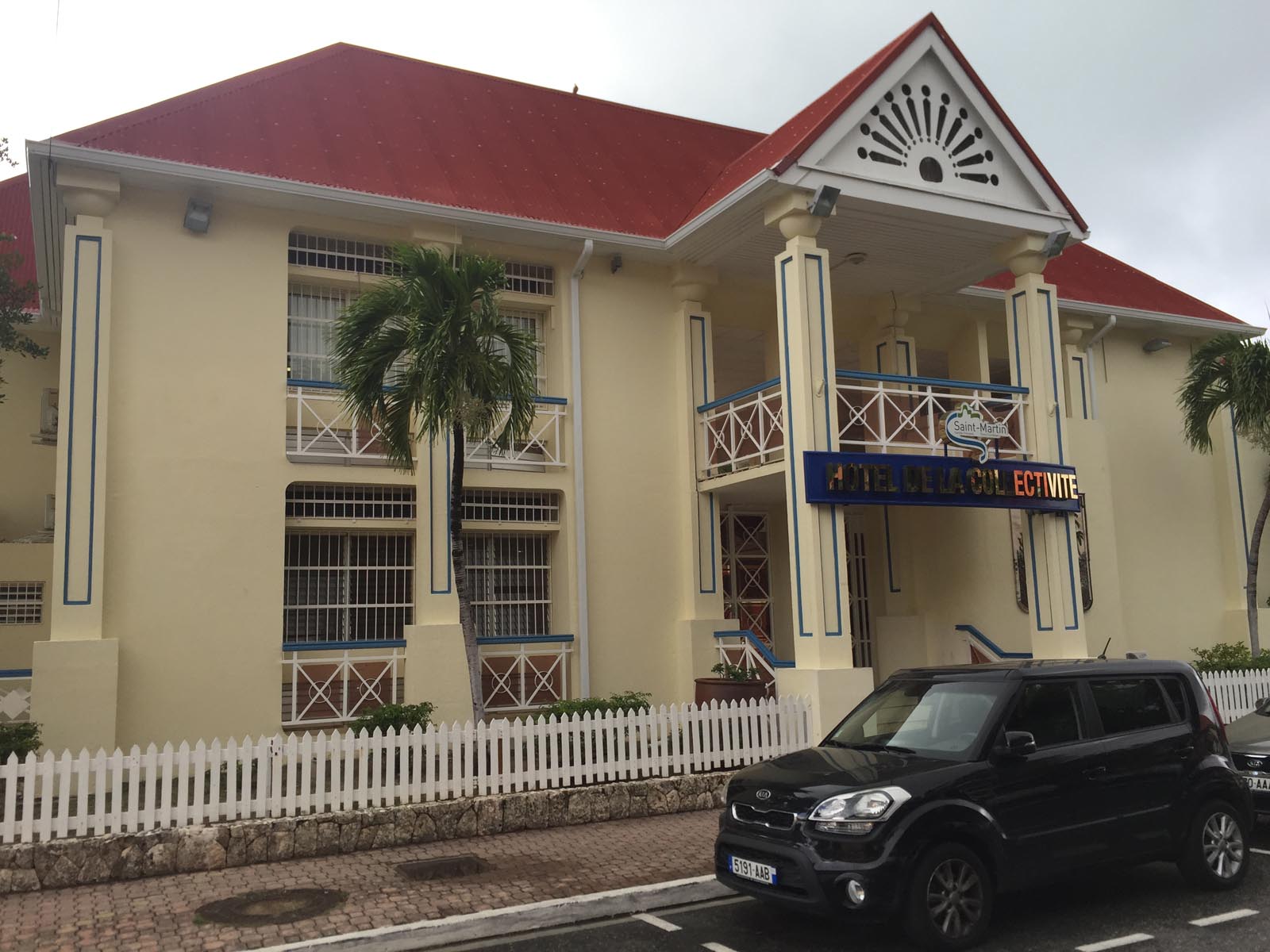
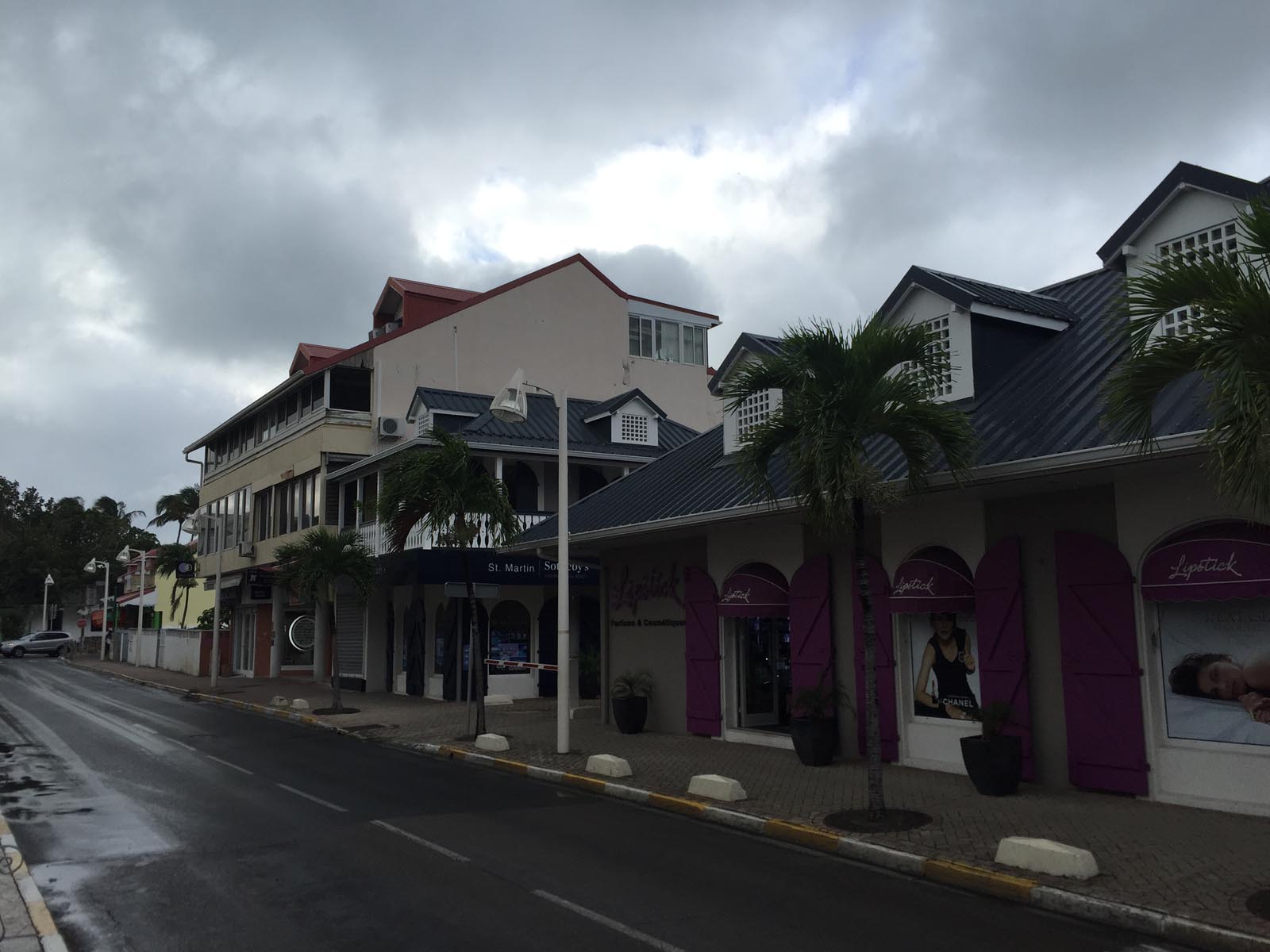
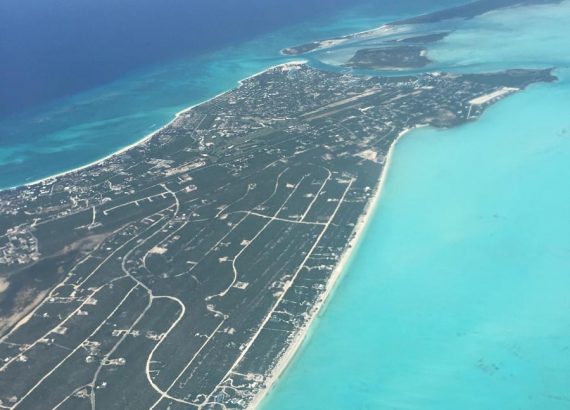
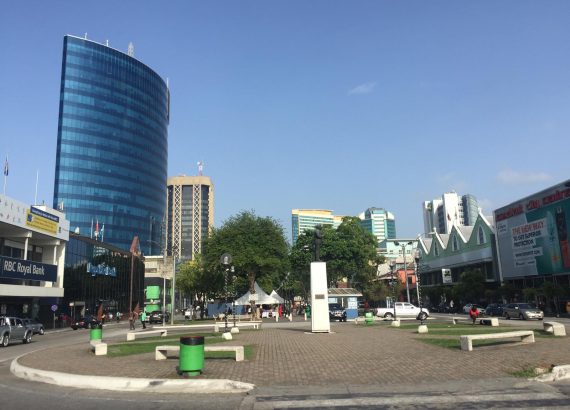
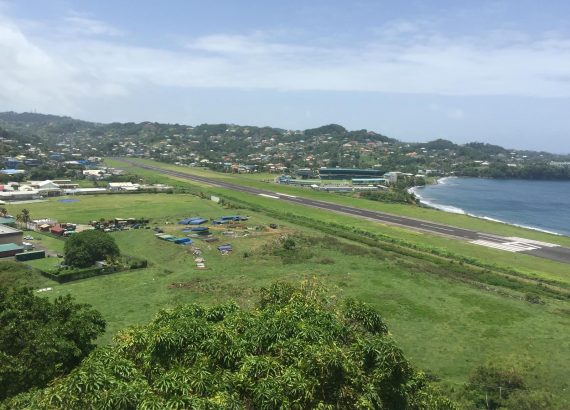
No Comments